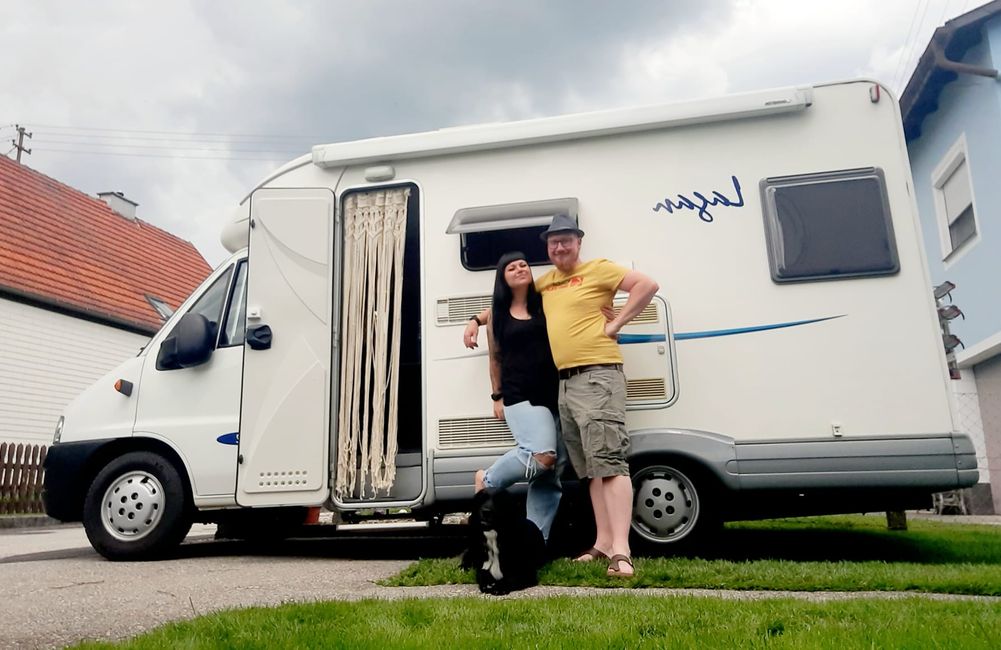The story, 60 pierogies and 1000 mosquitoes
Გამოქვეყნდა: 02.09.2024
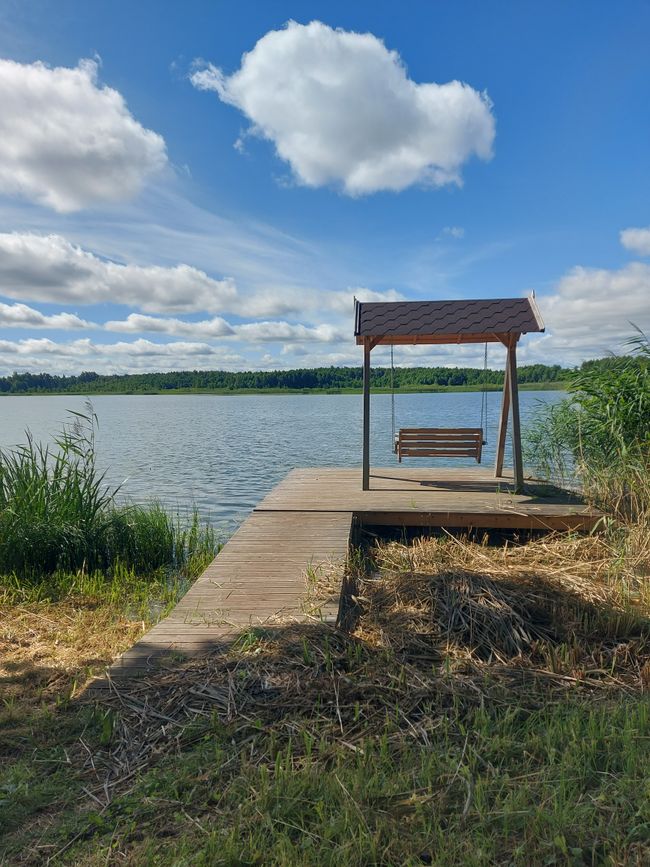
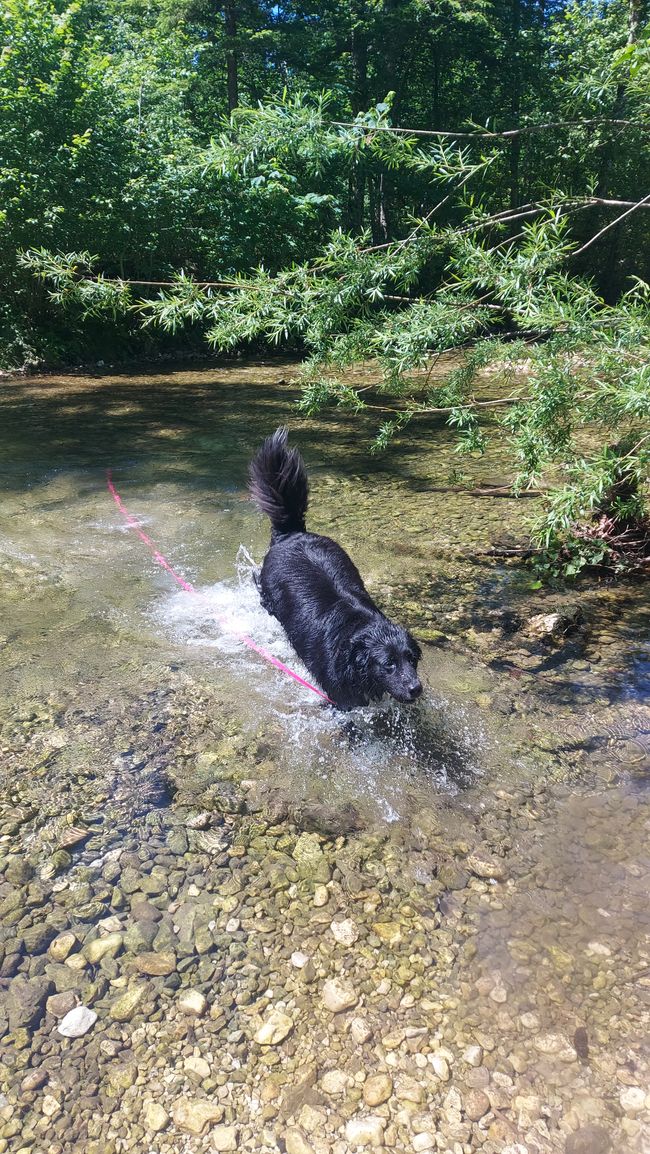
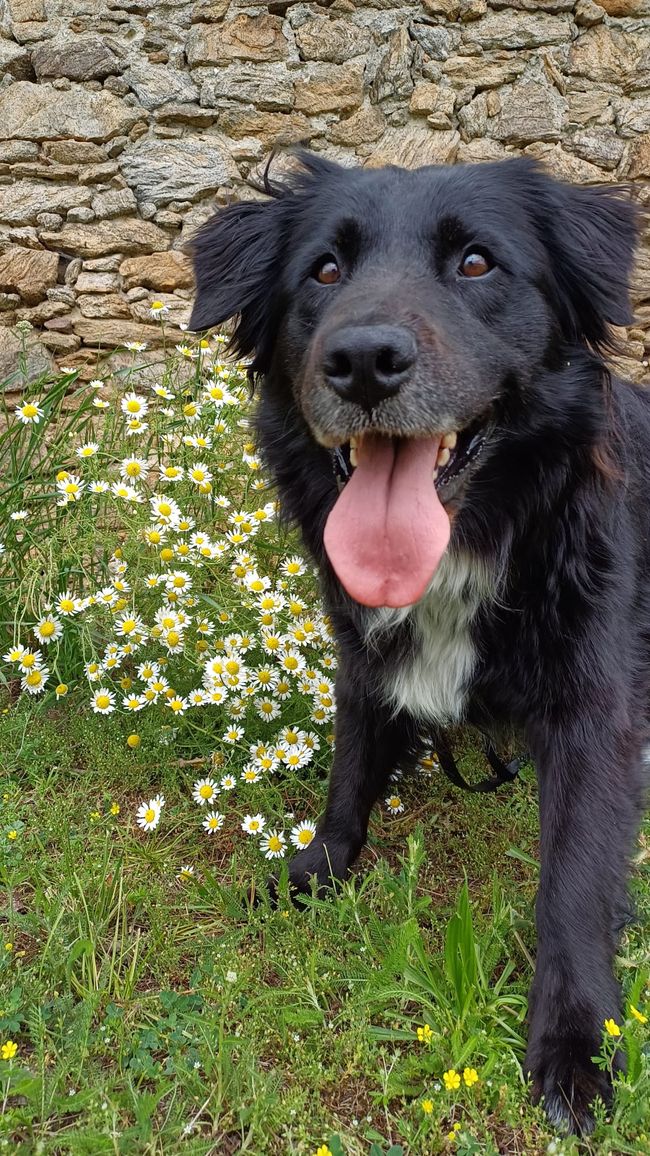
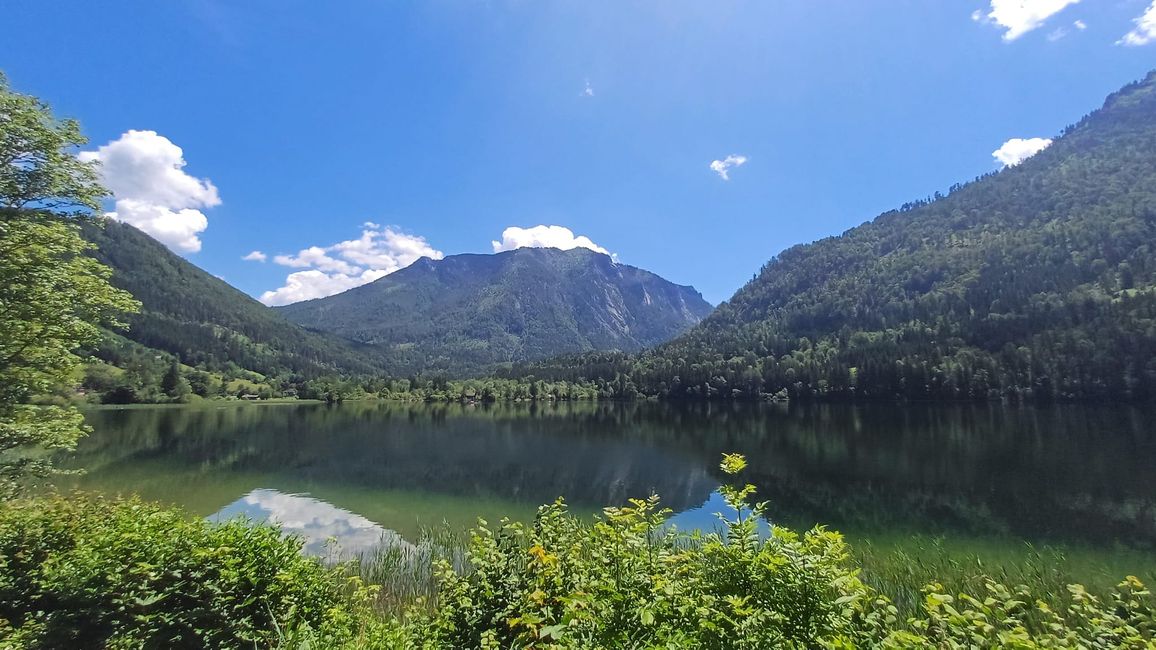
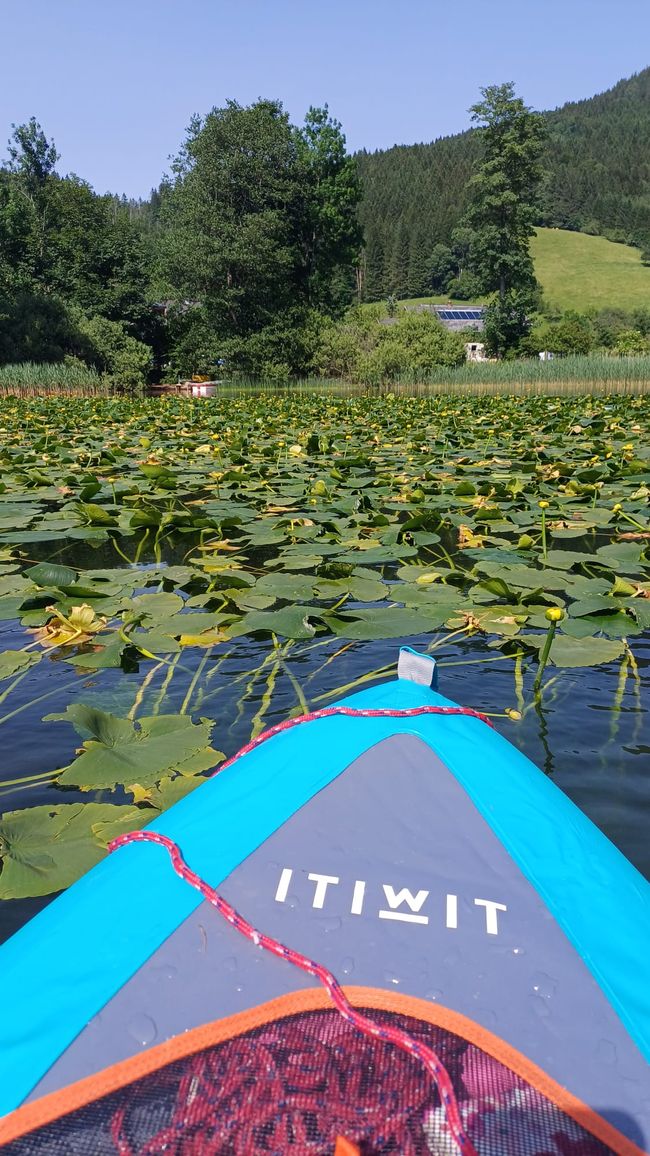
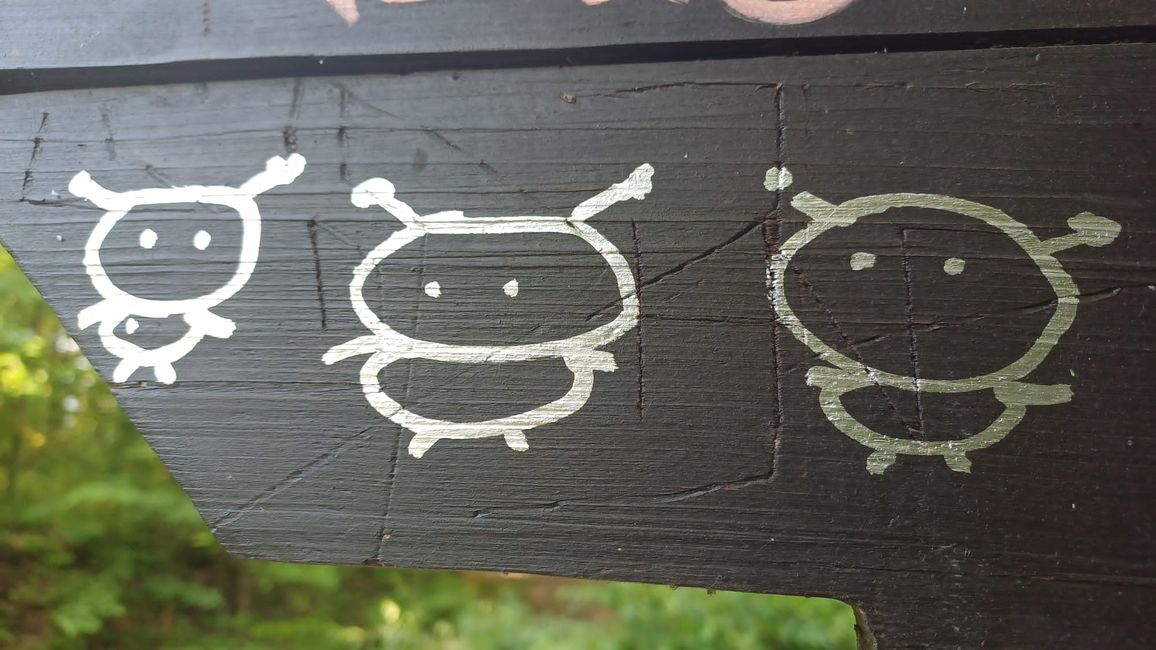
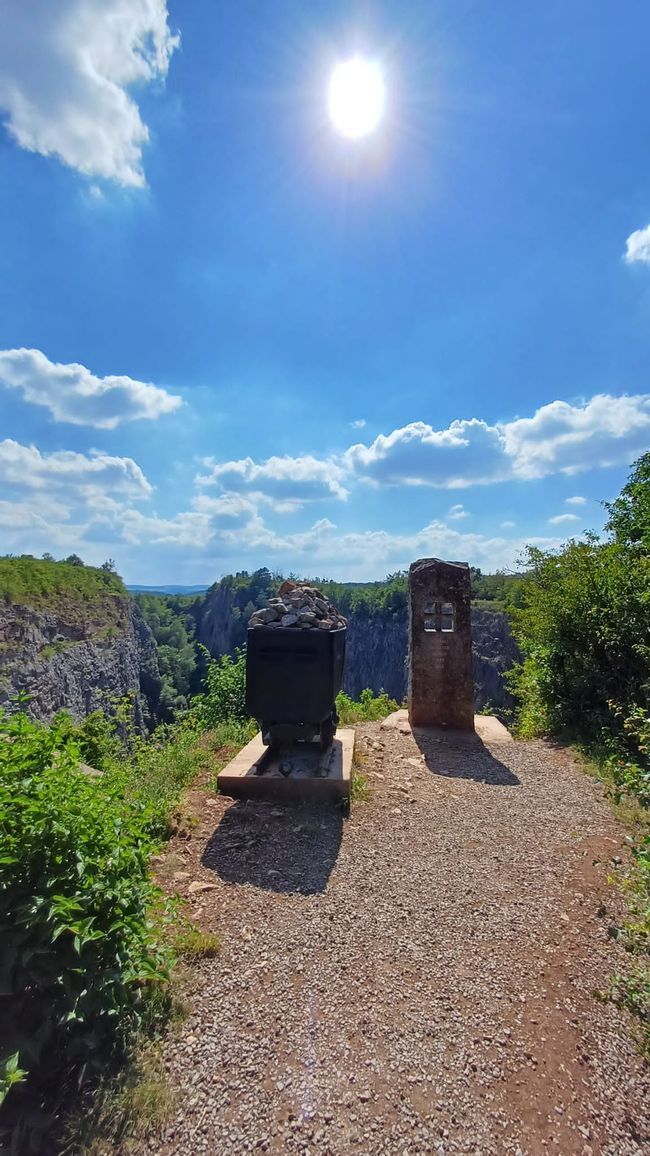
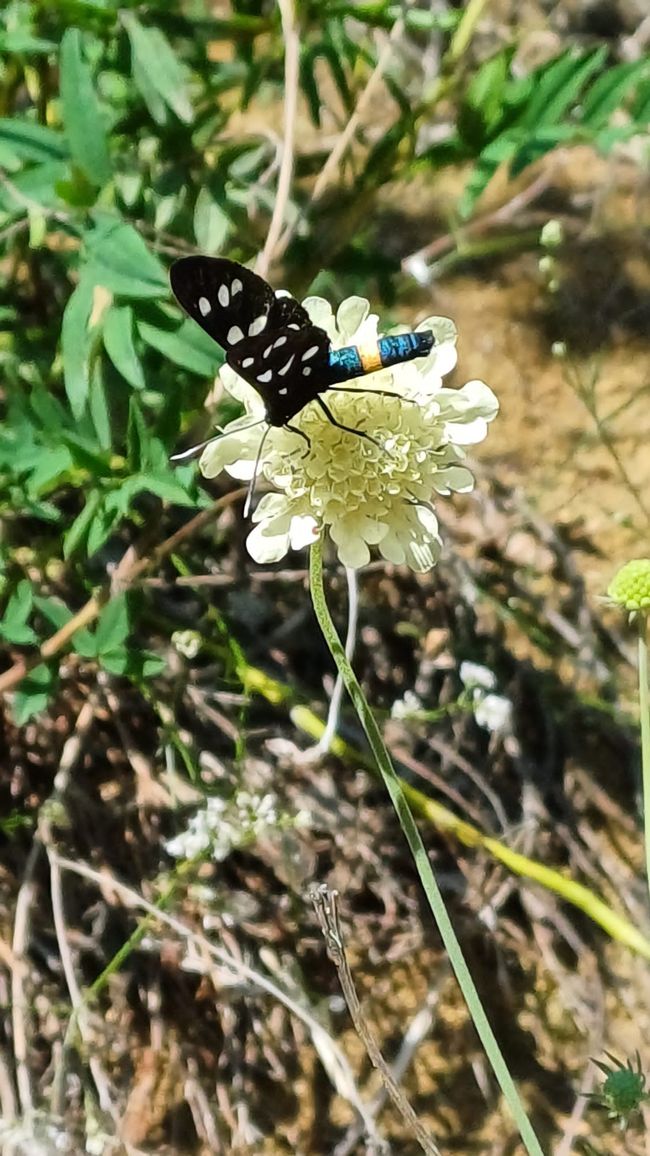
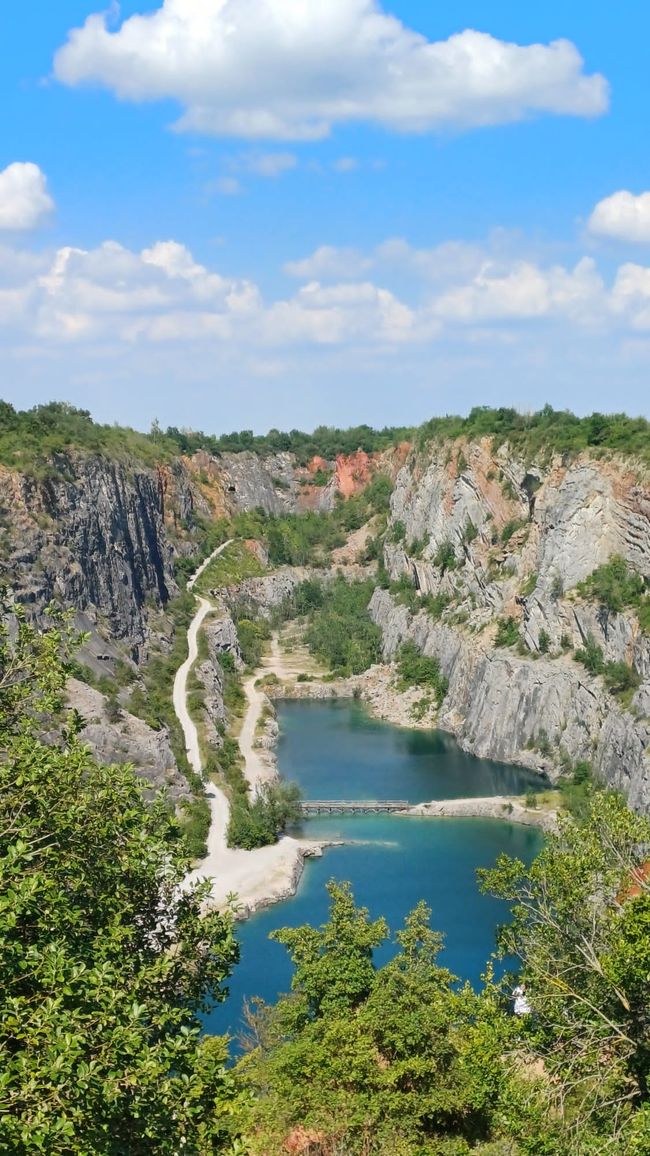
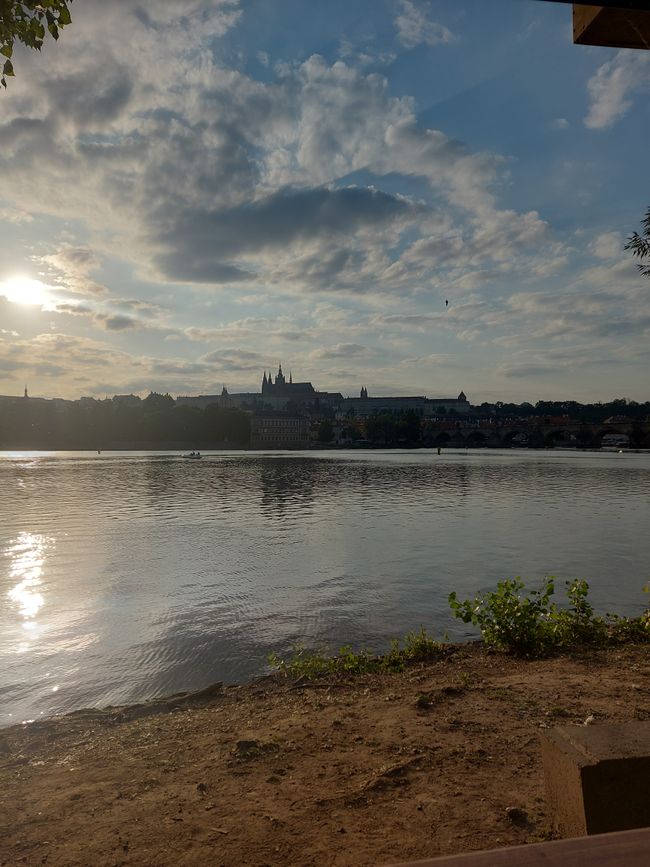
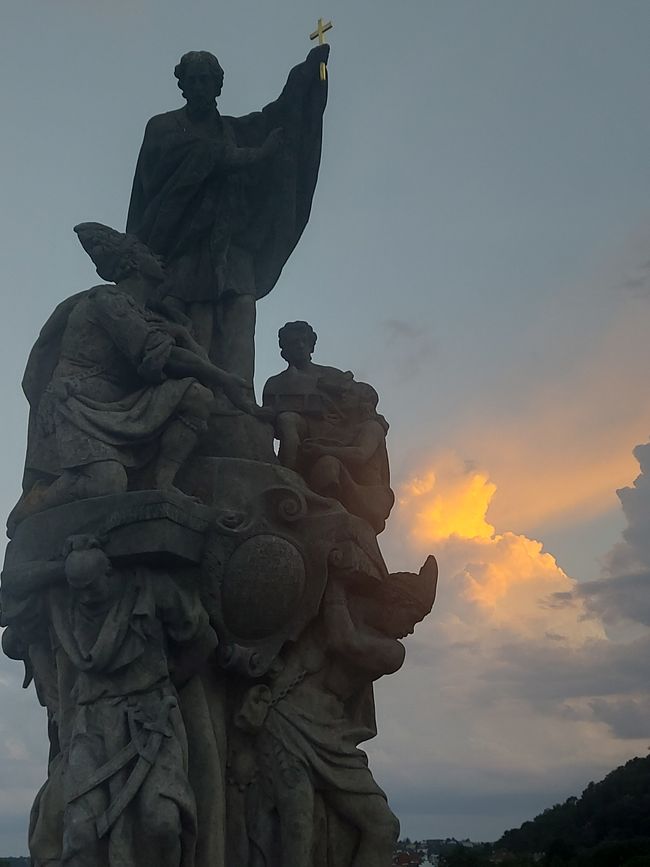

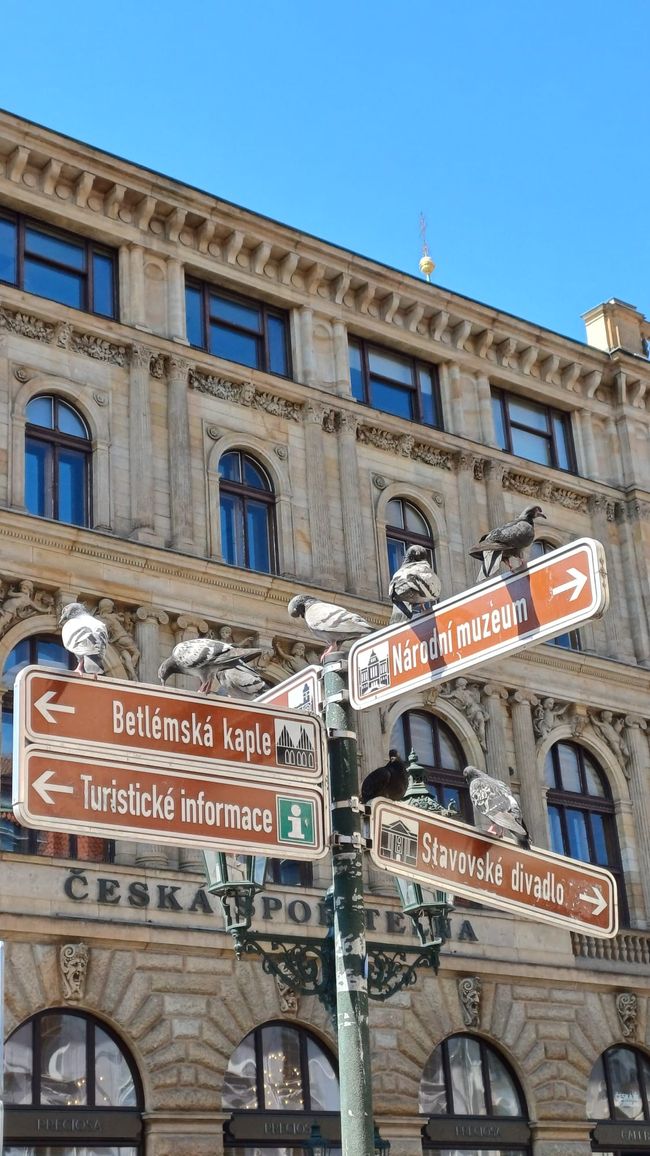
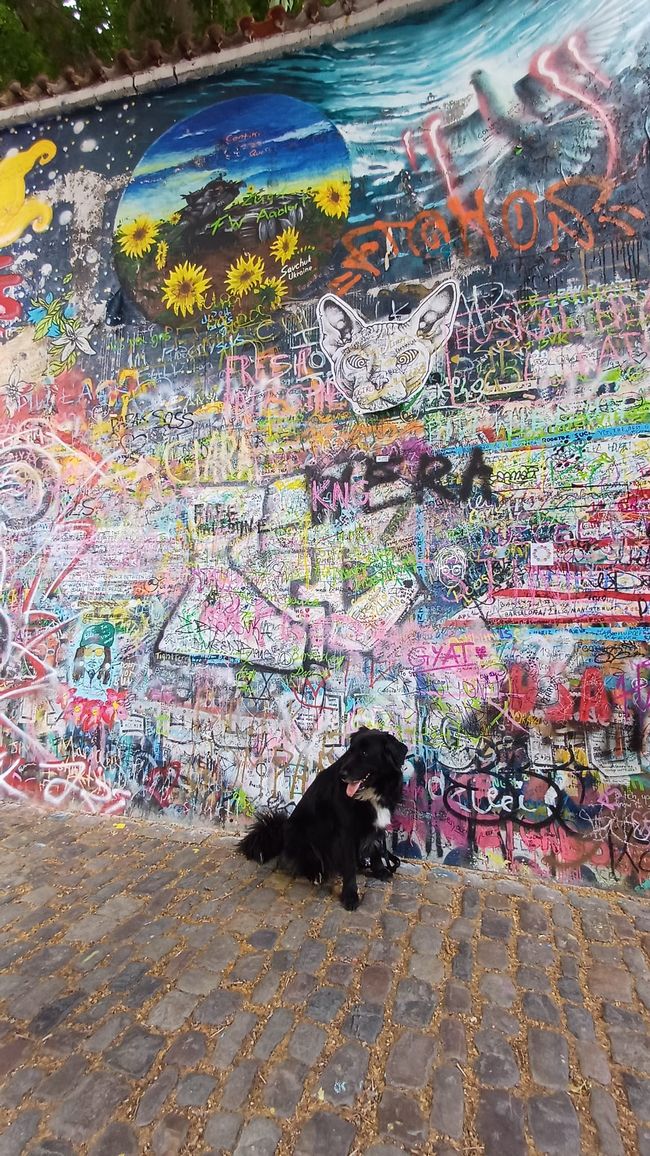
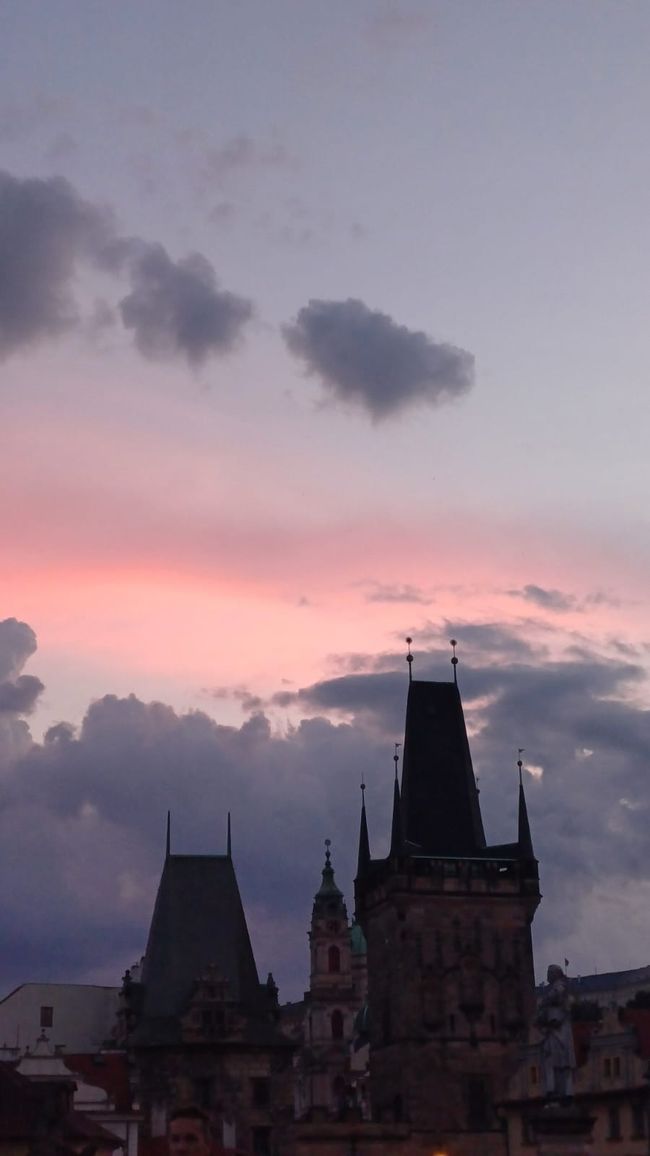
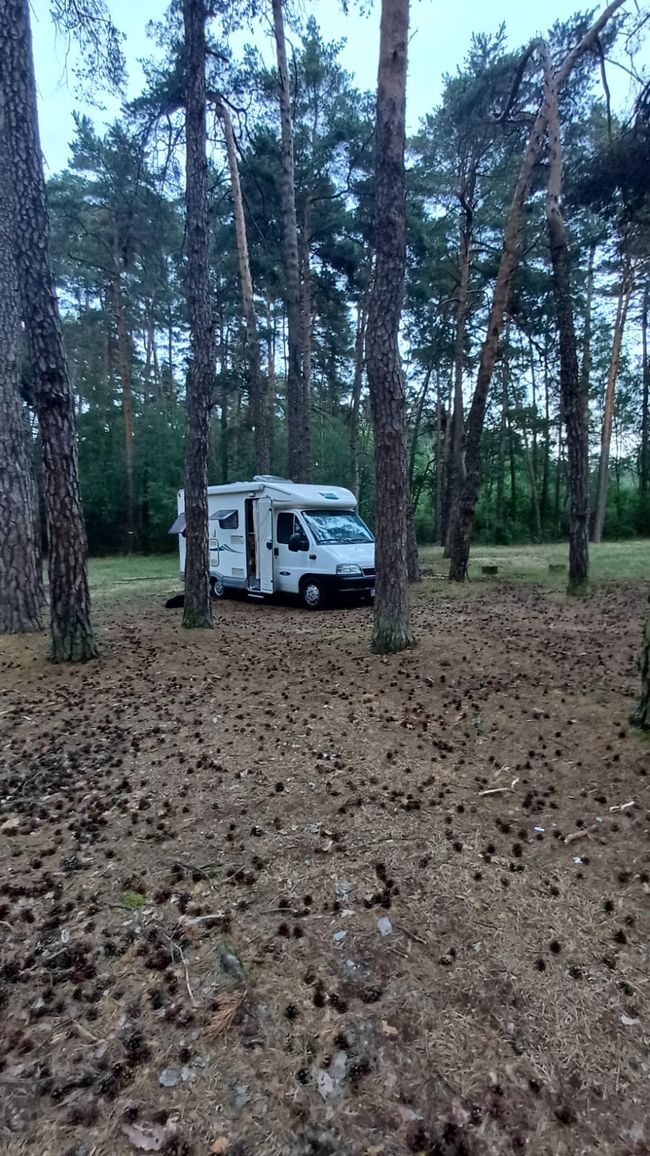
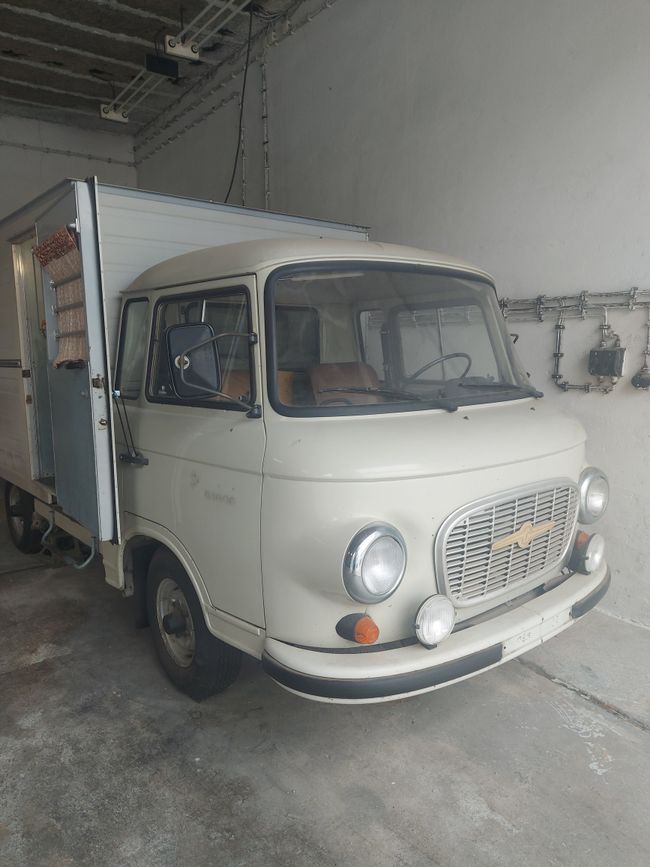
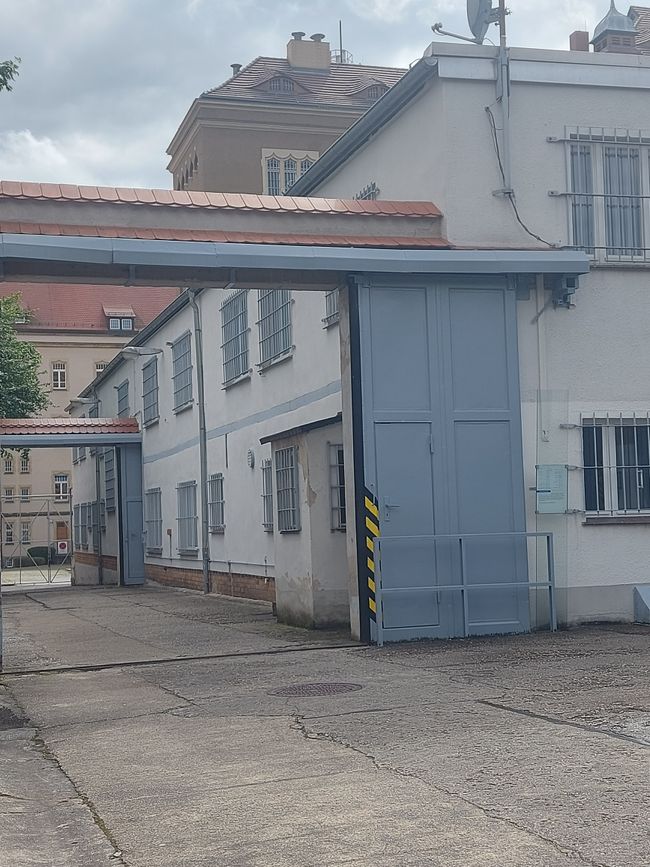
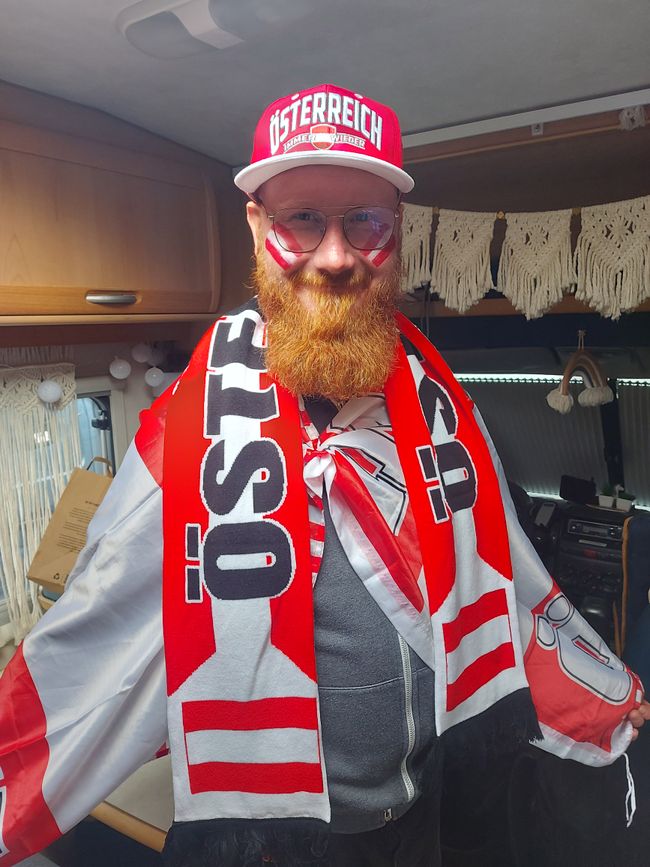
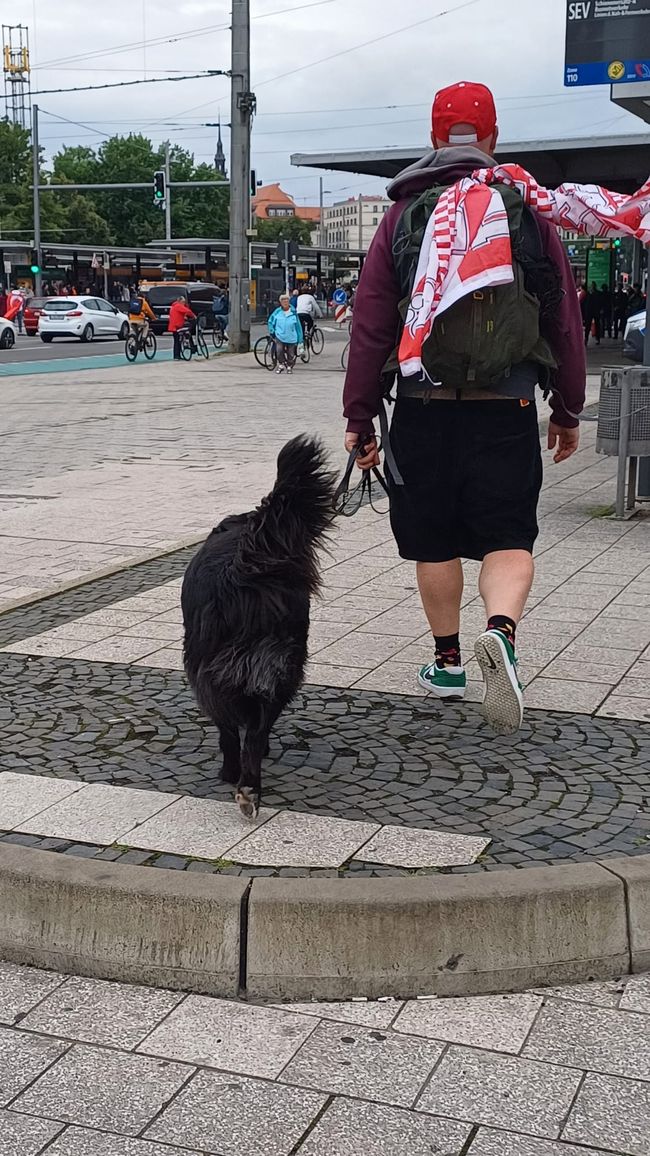
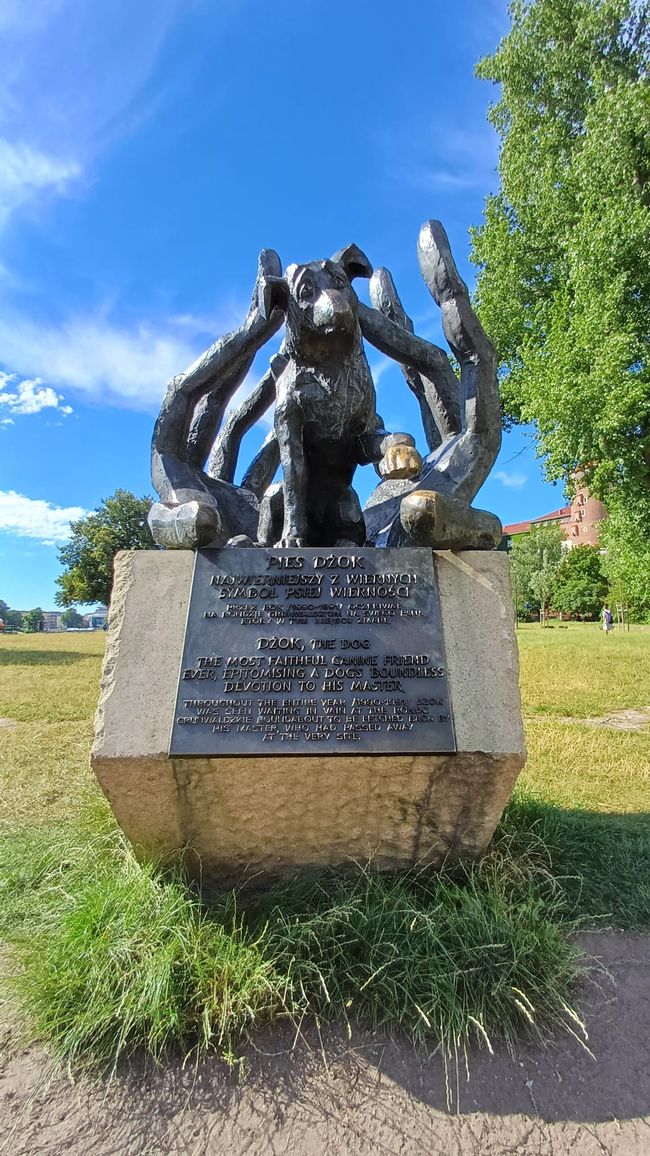
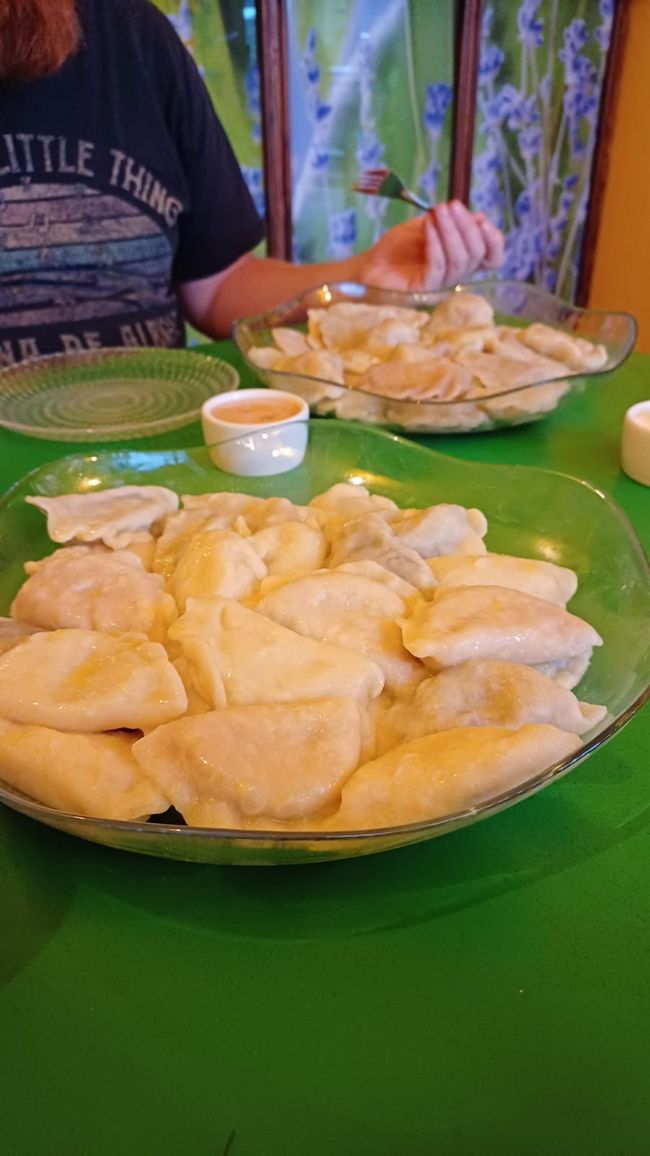
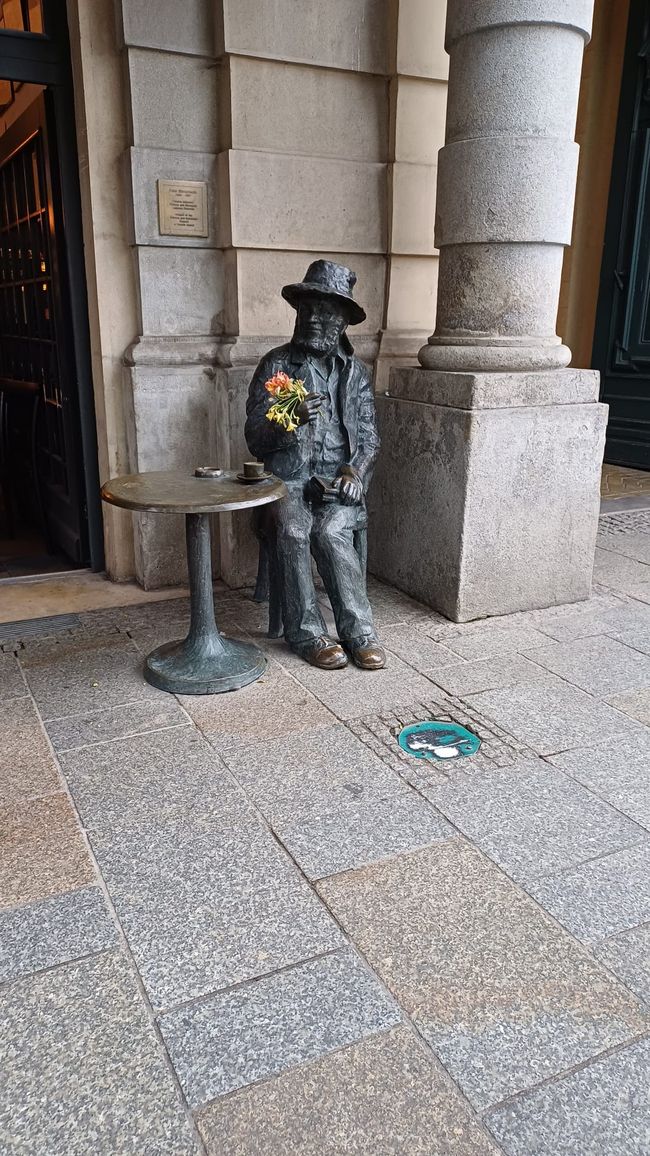
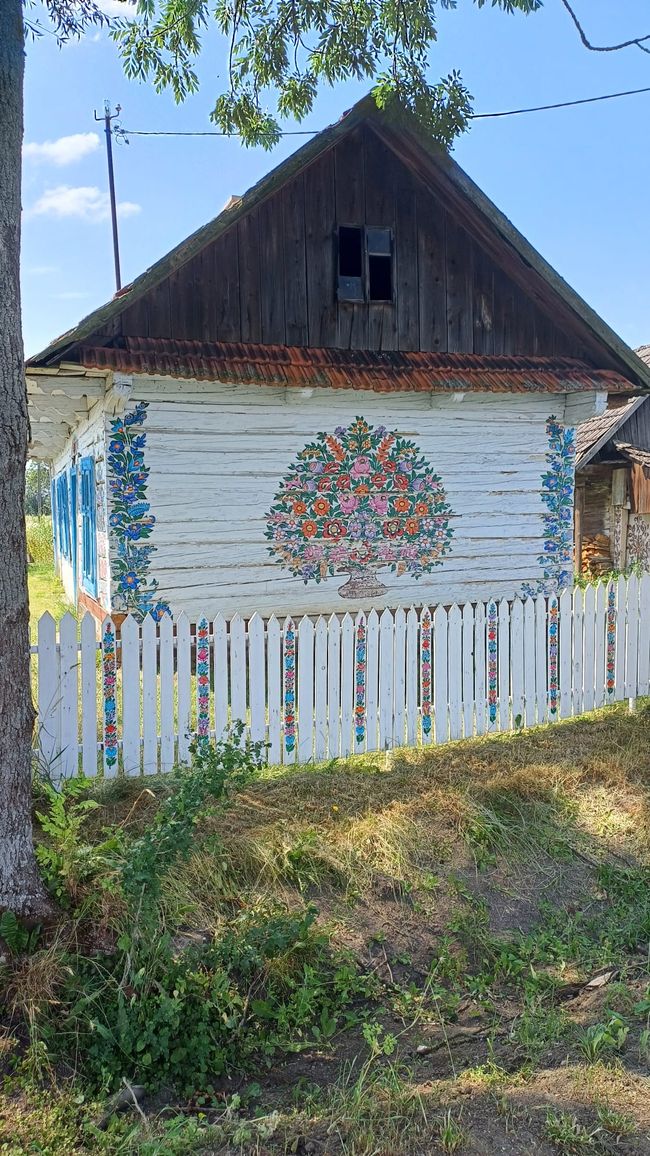

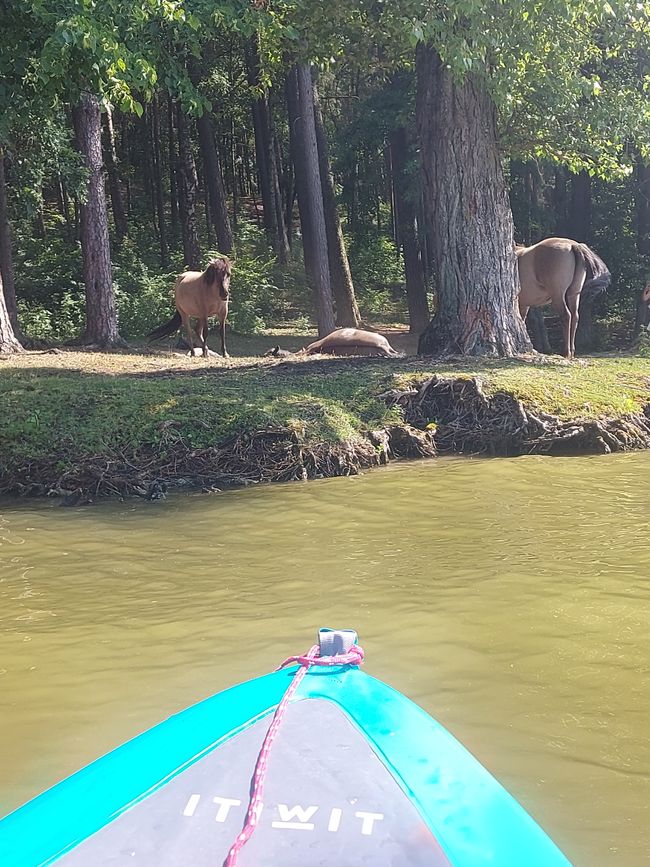
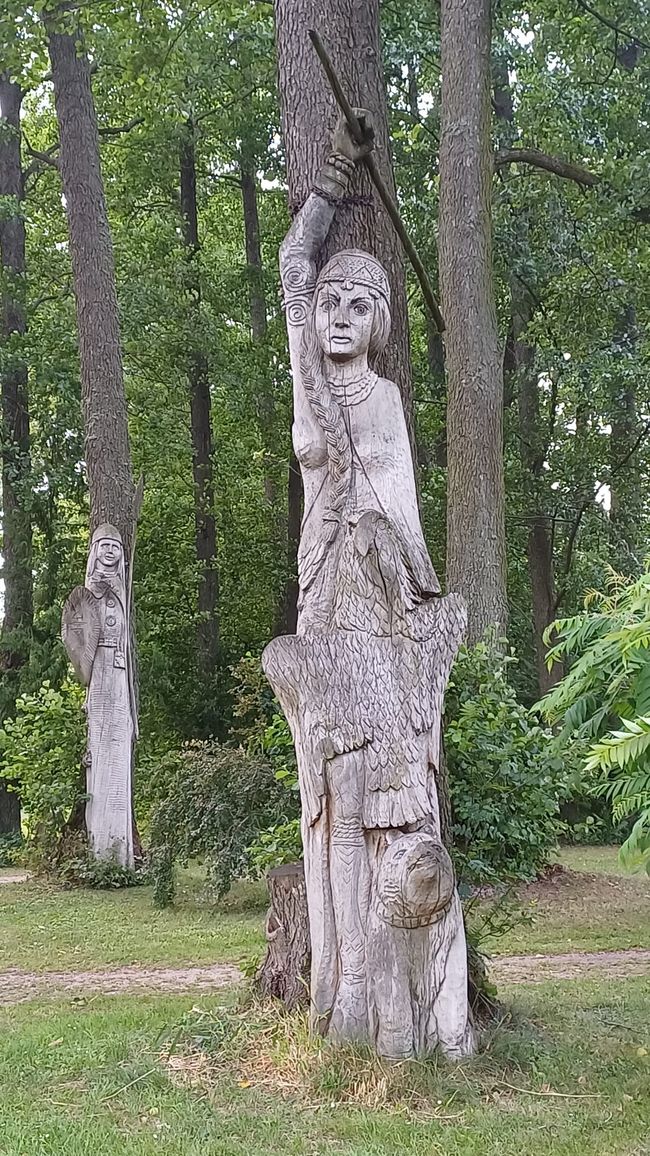

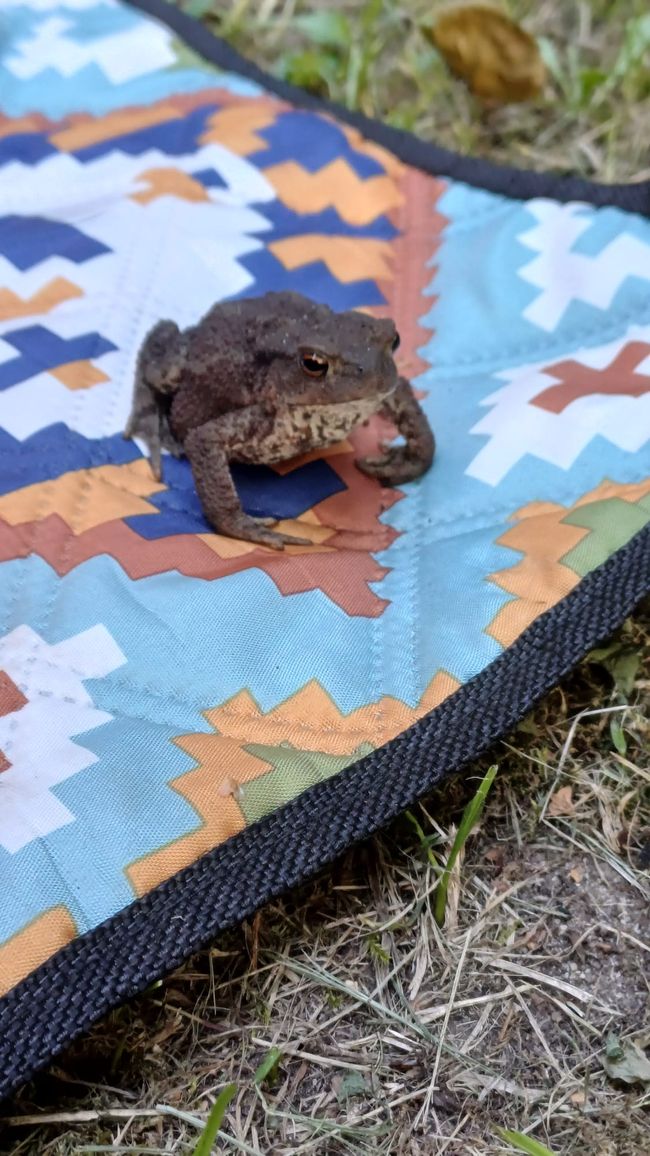
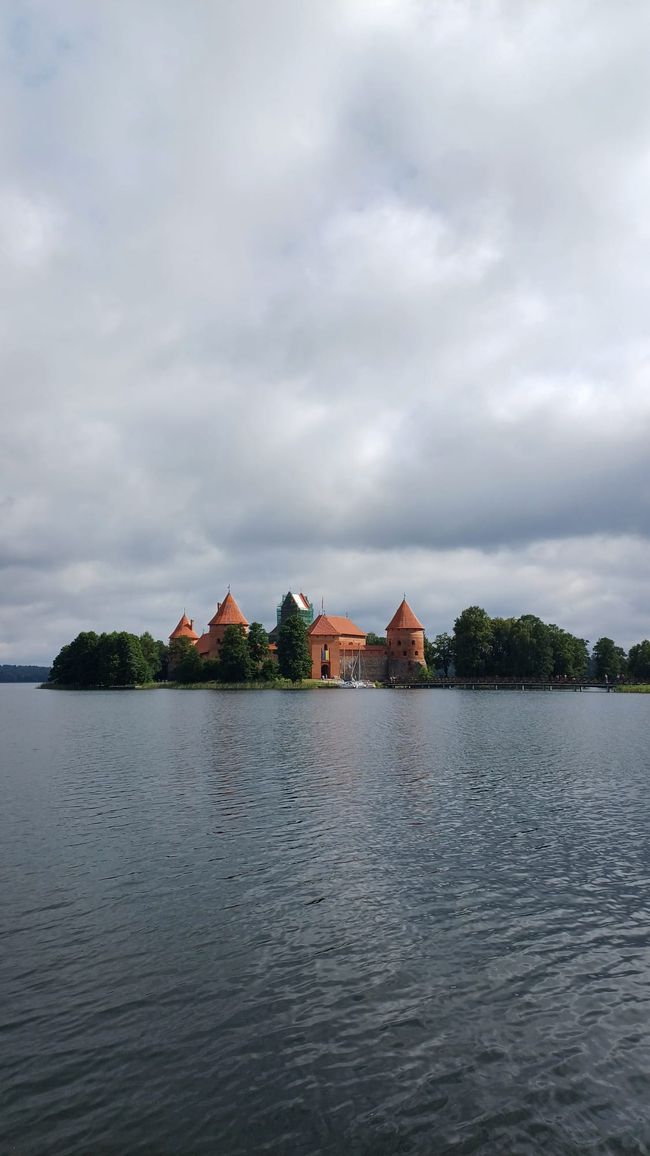
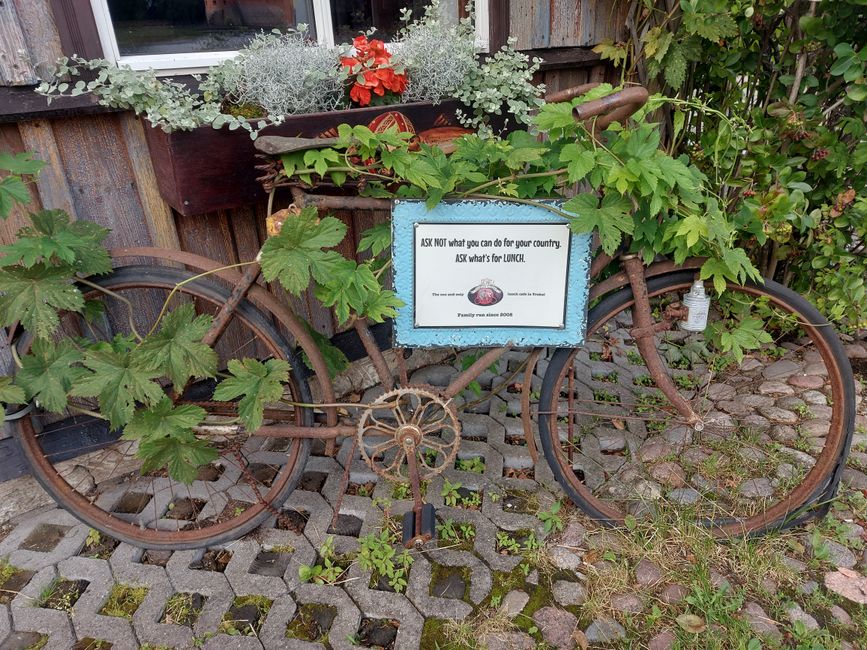
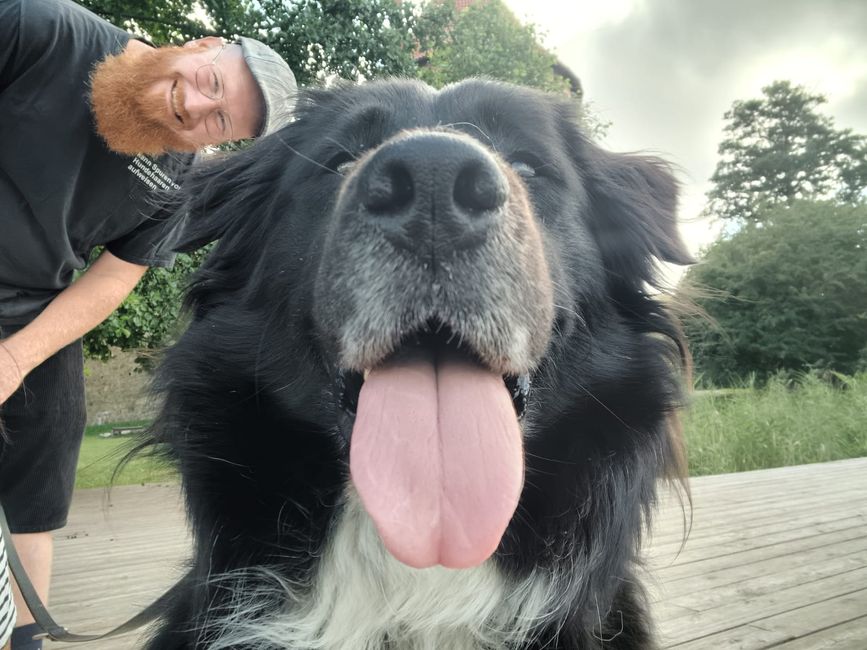
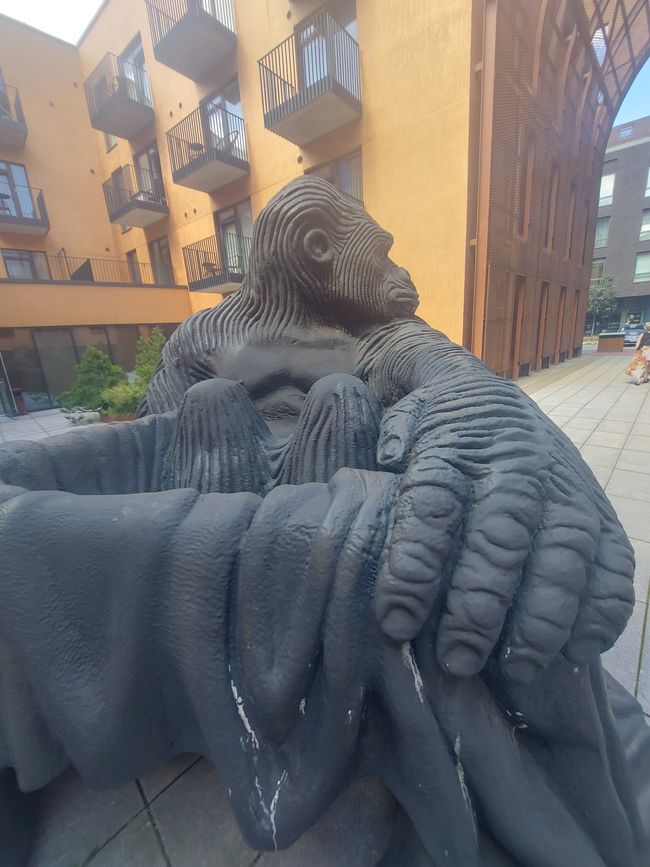
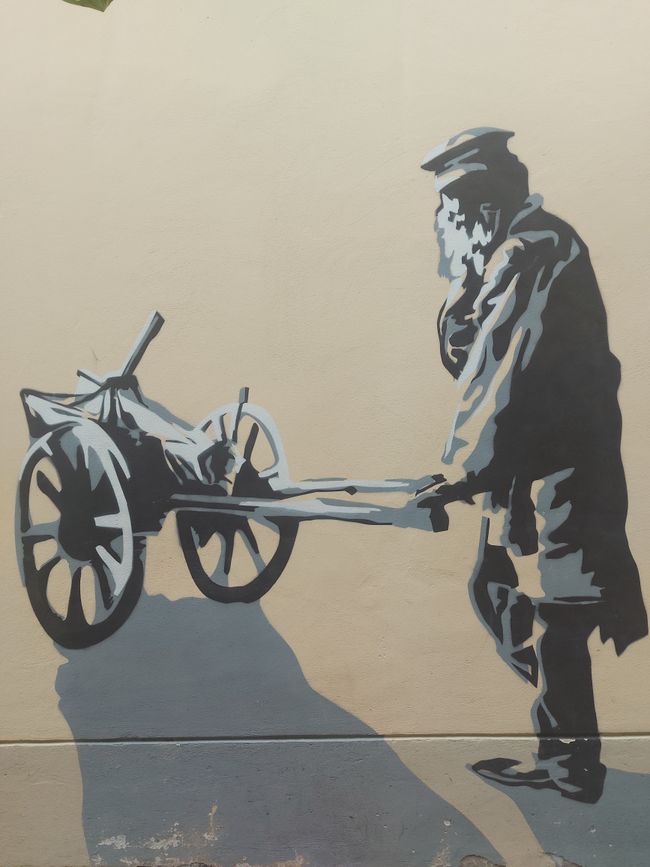
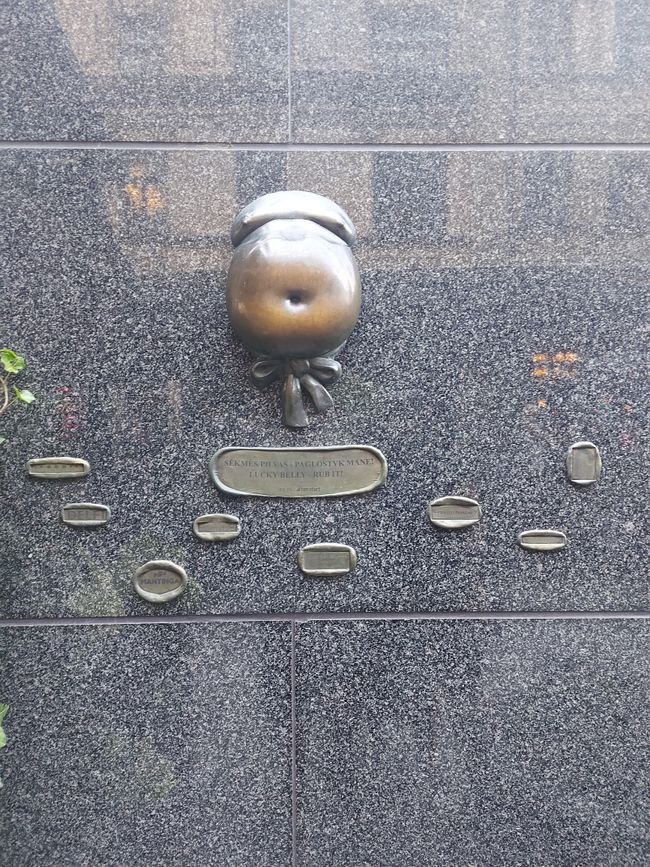
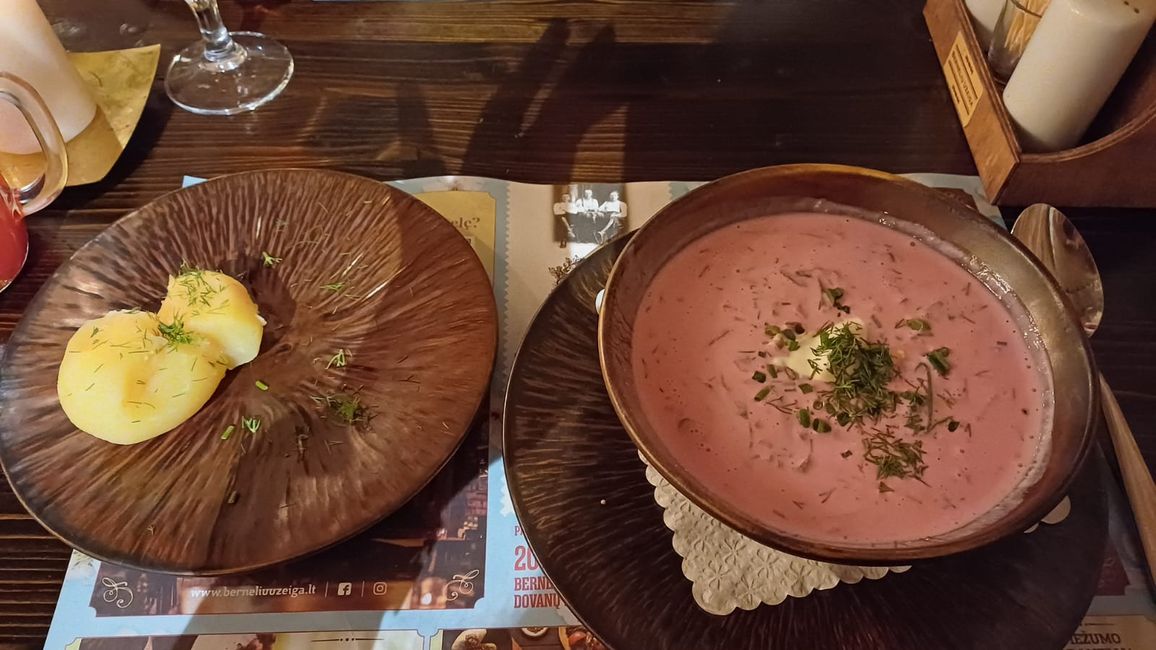
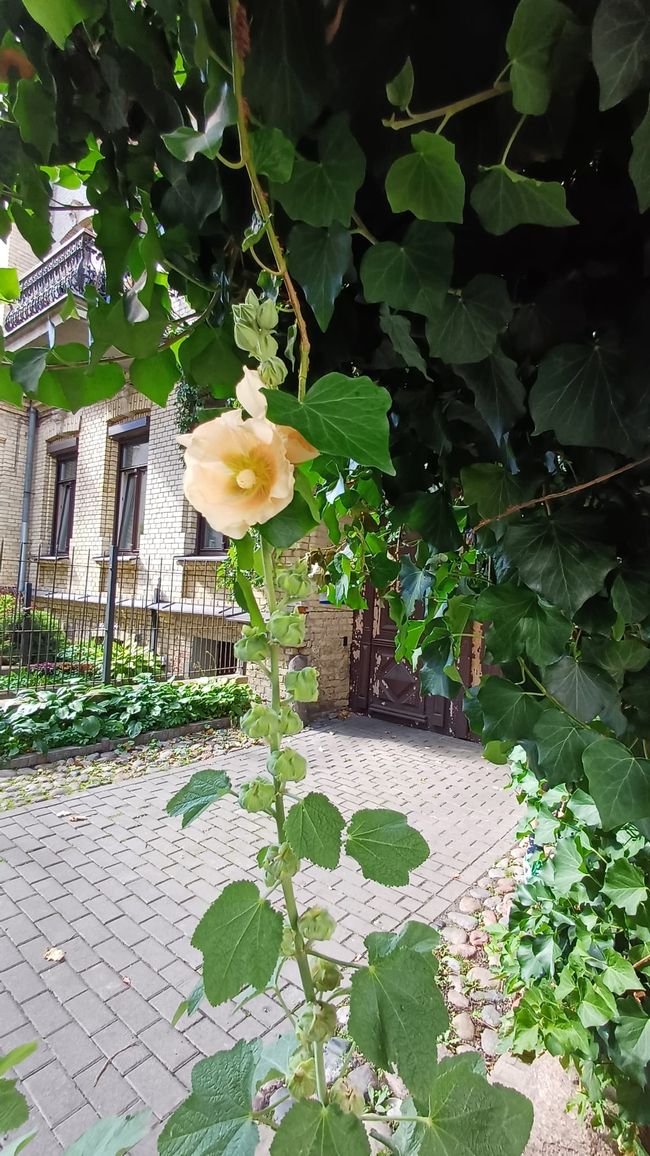
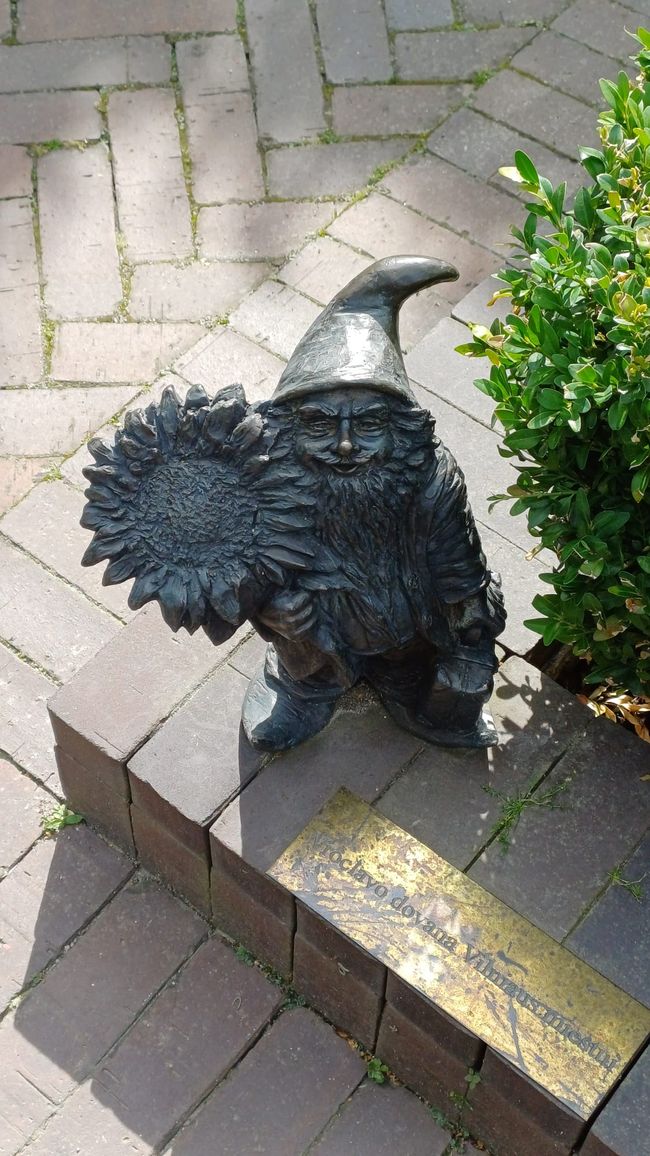
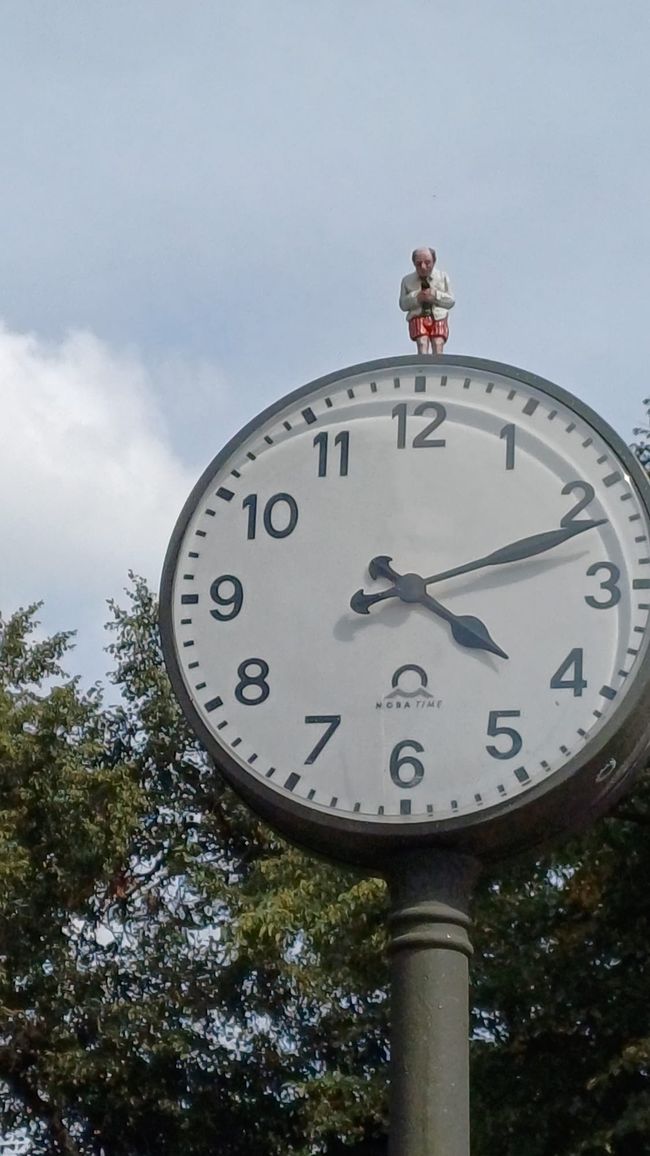
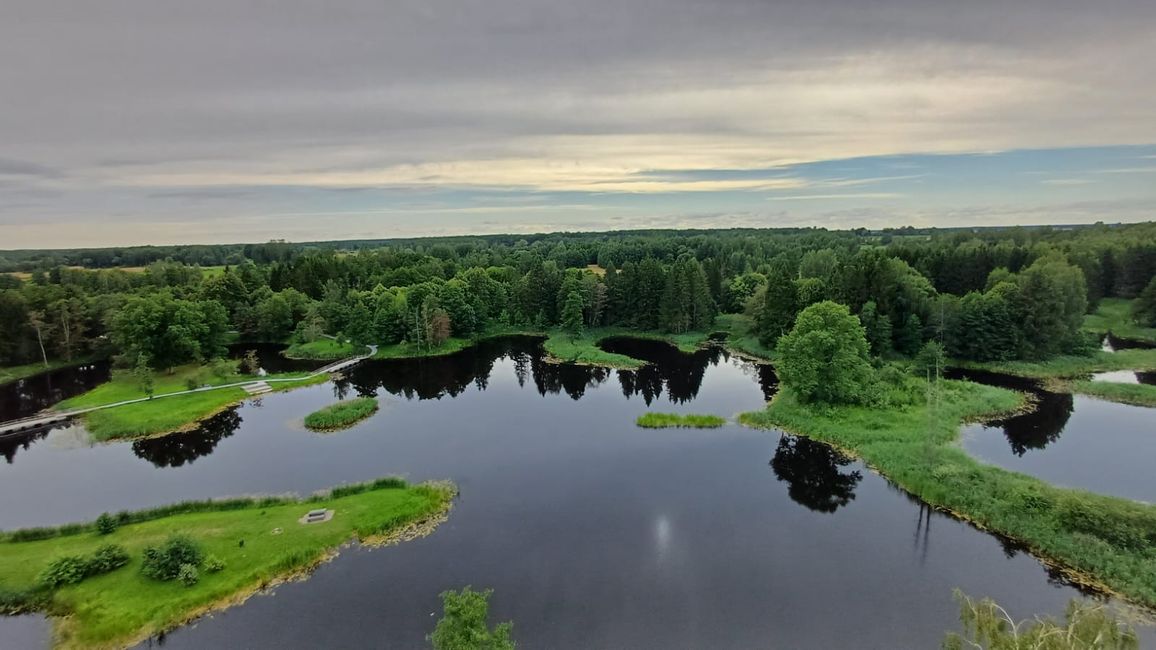
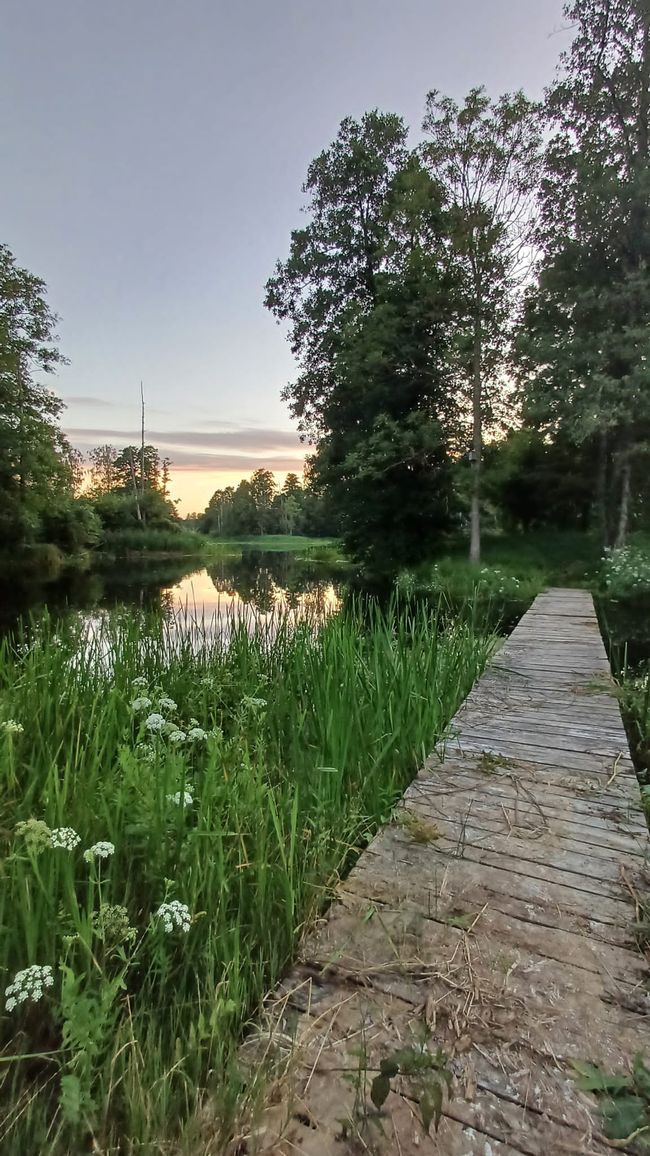
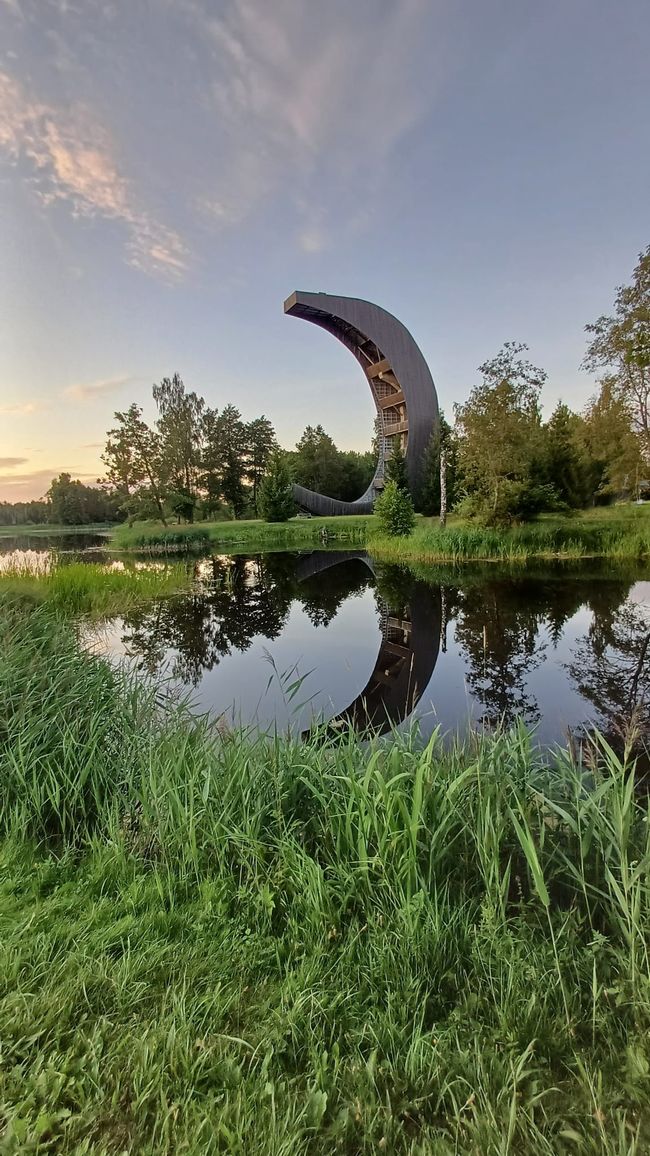



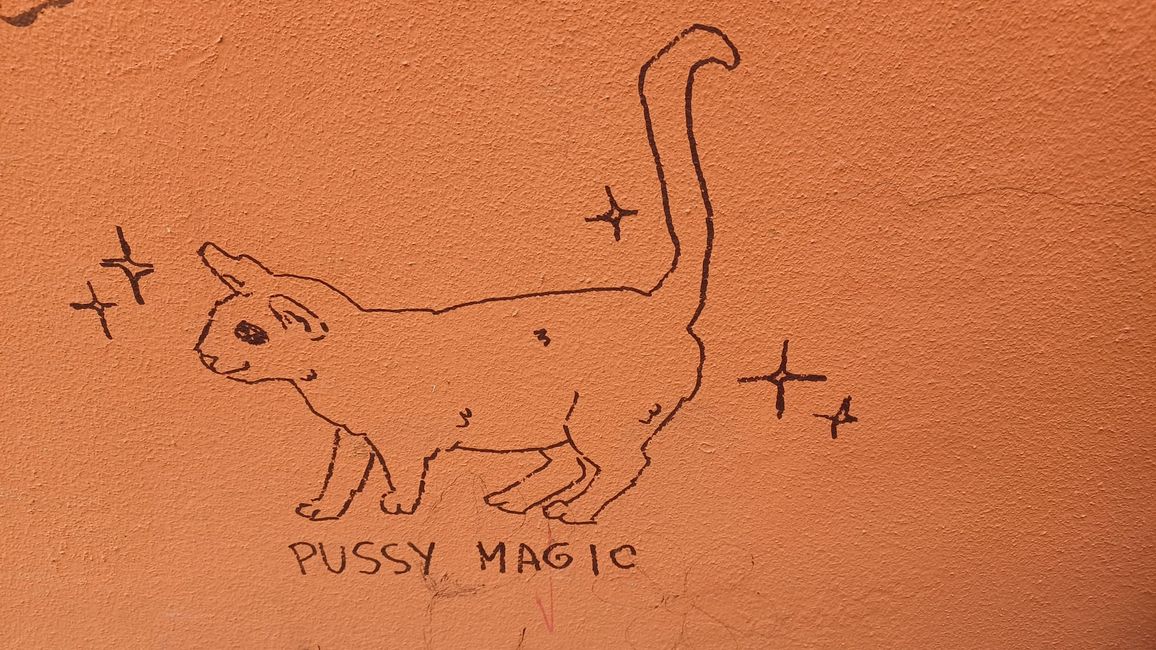
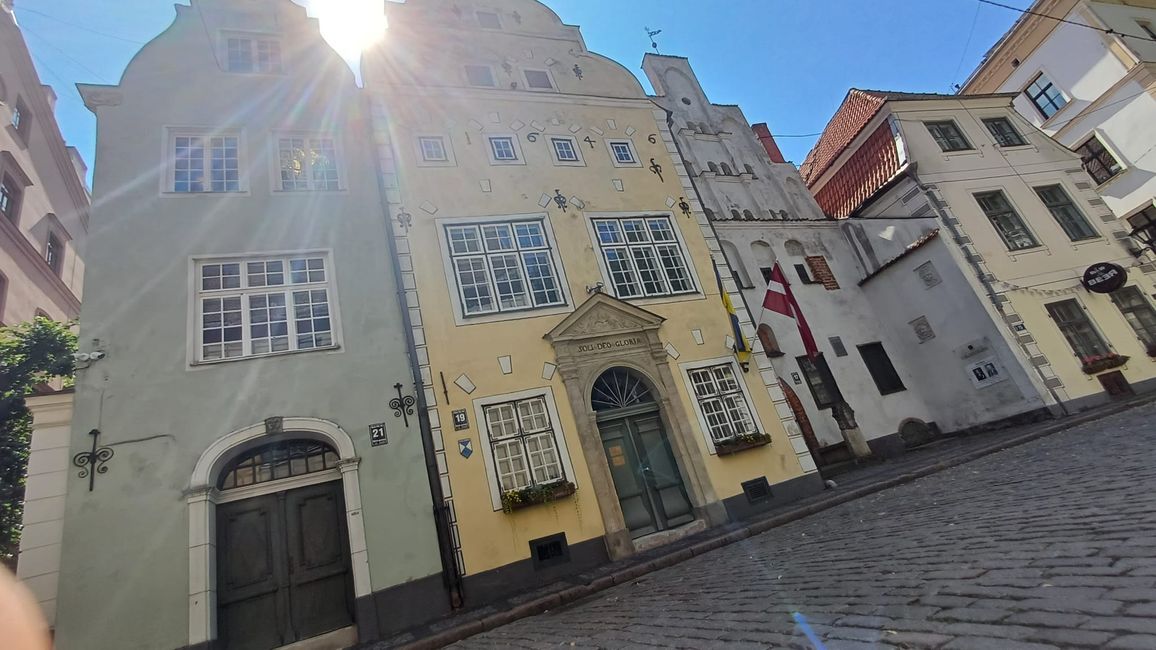


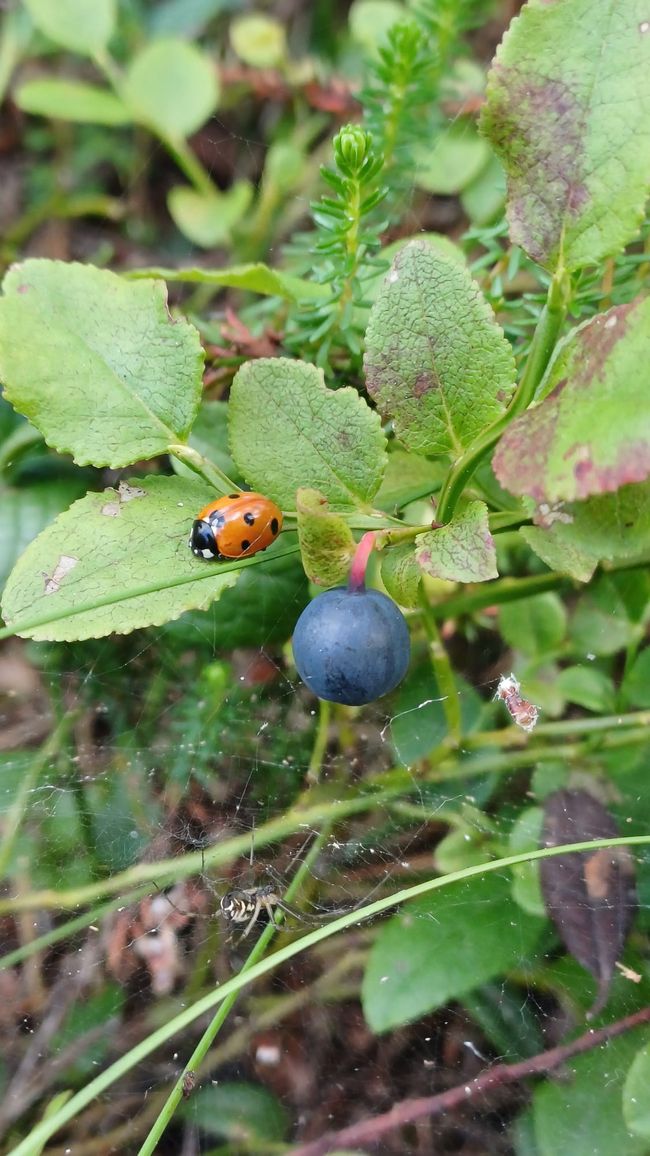
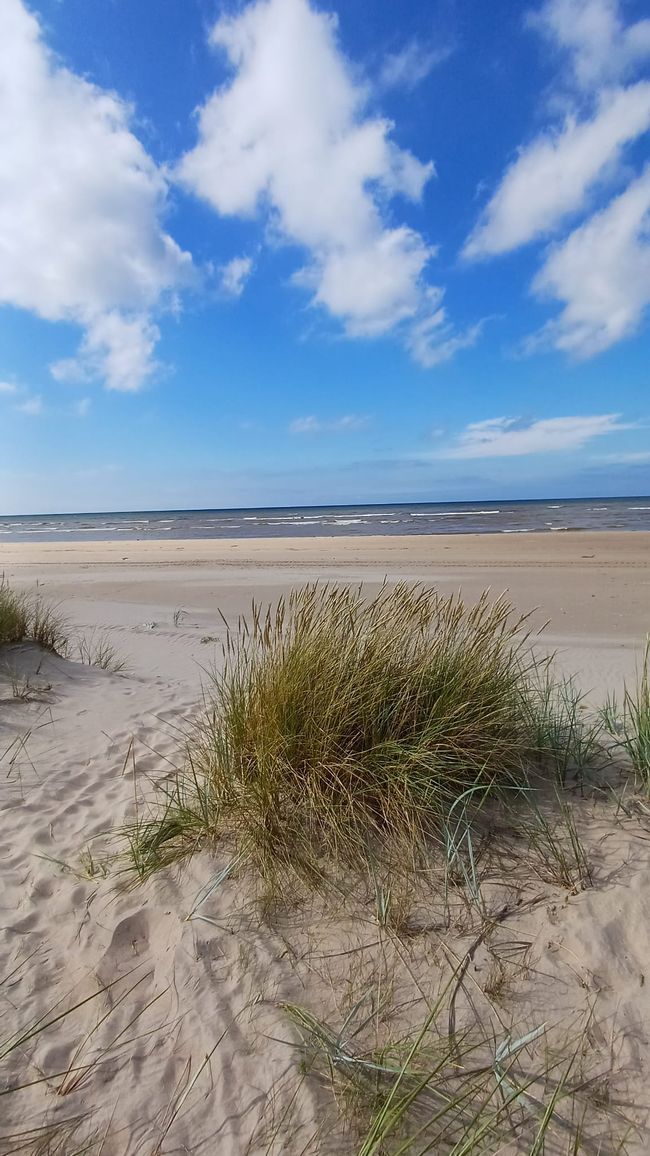
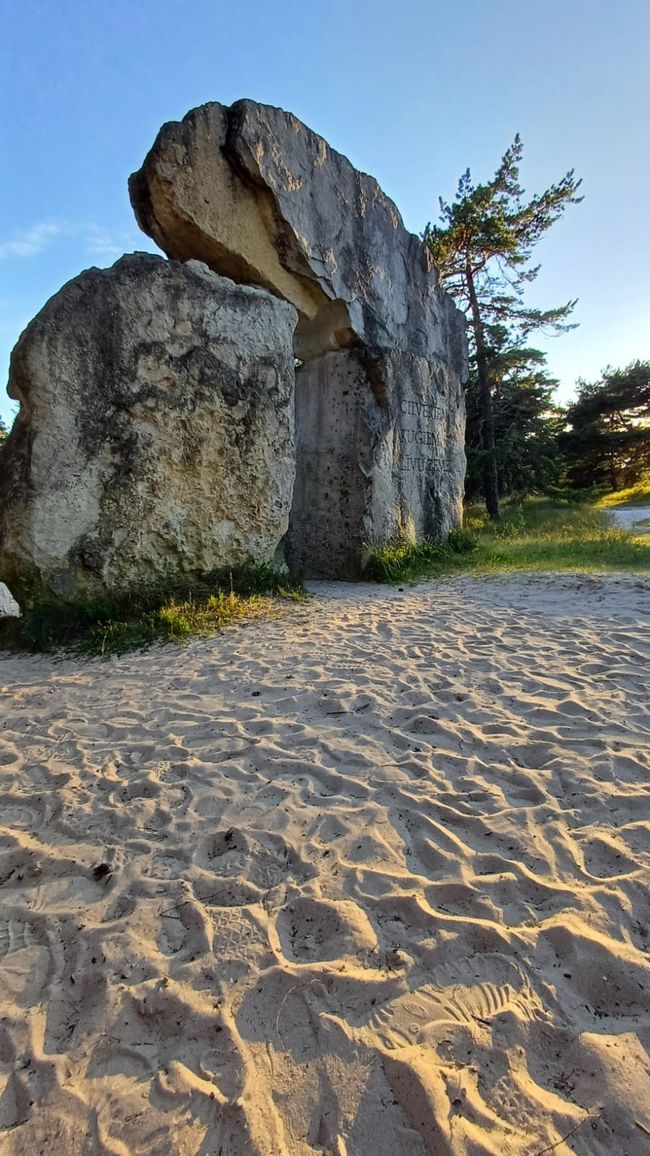
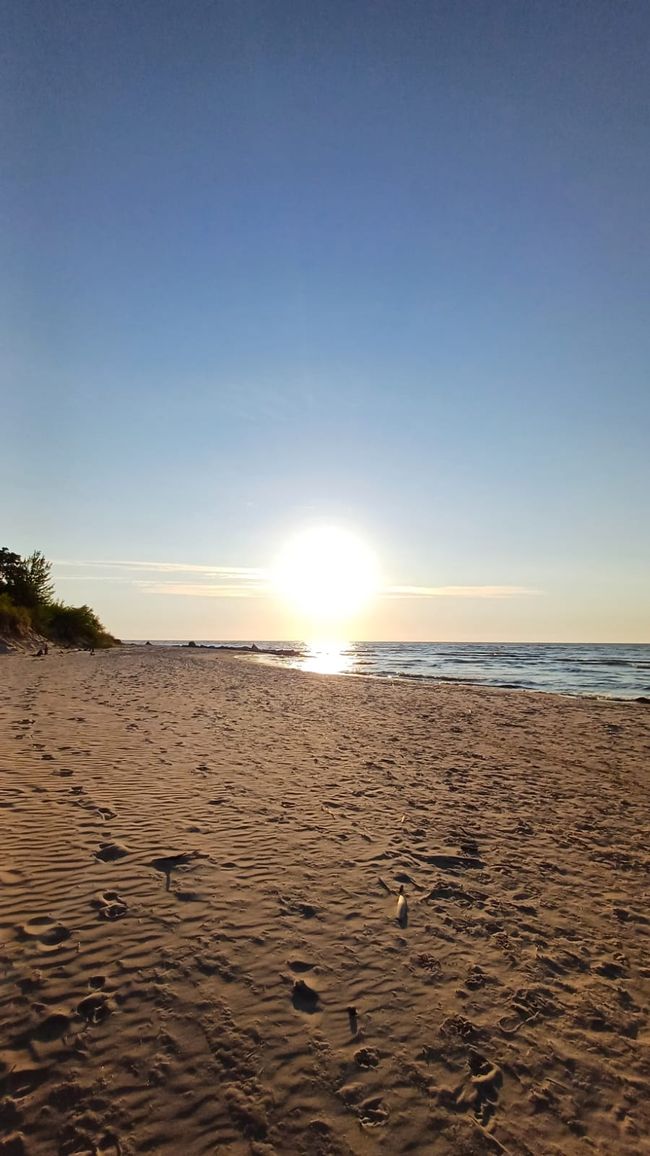
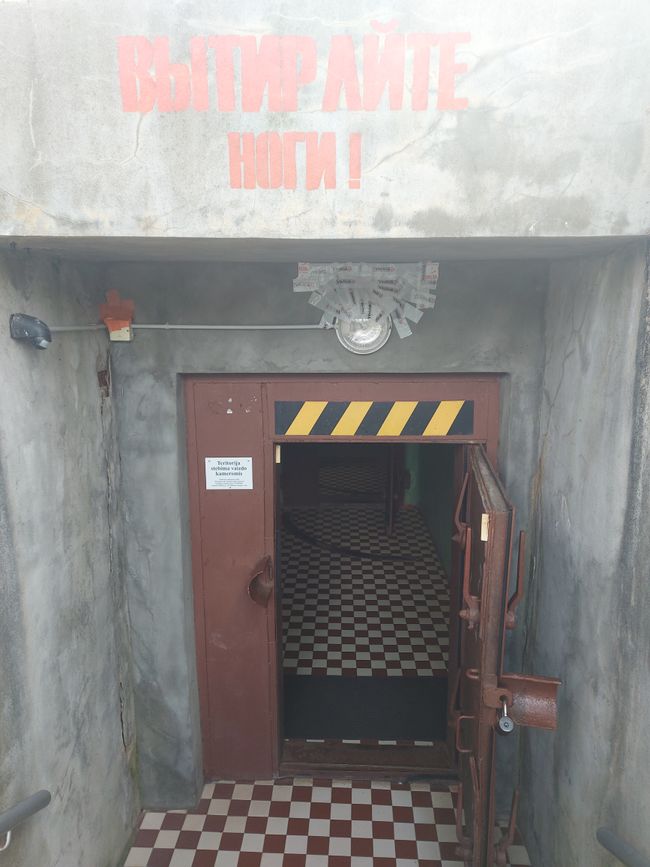
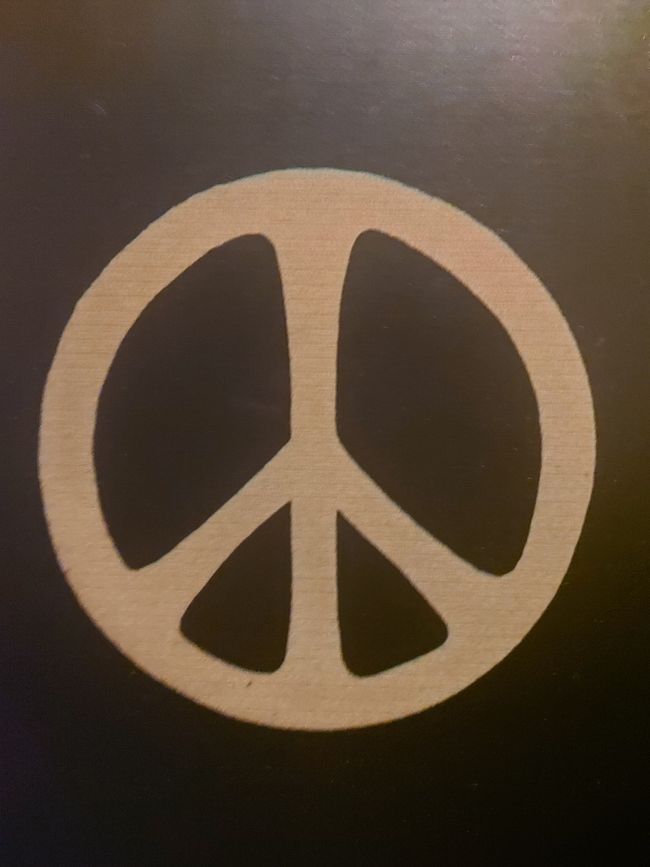
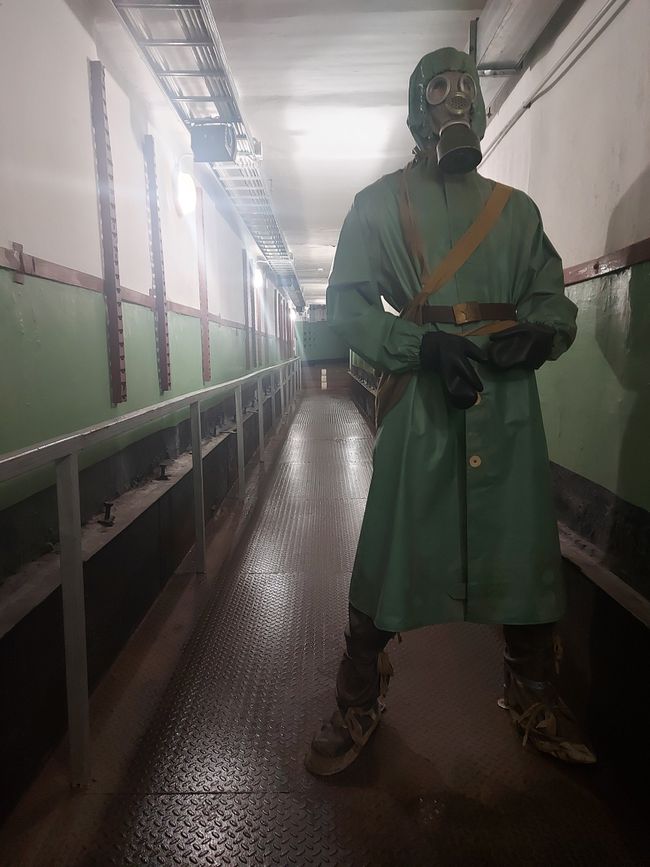
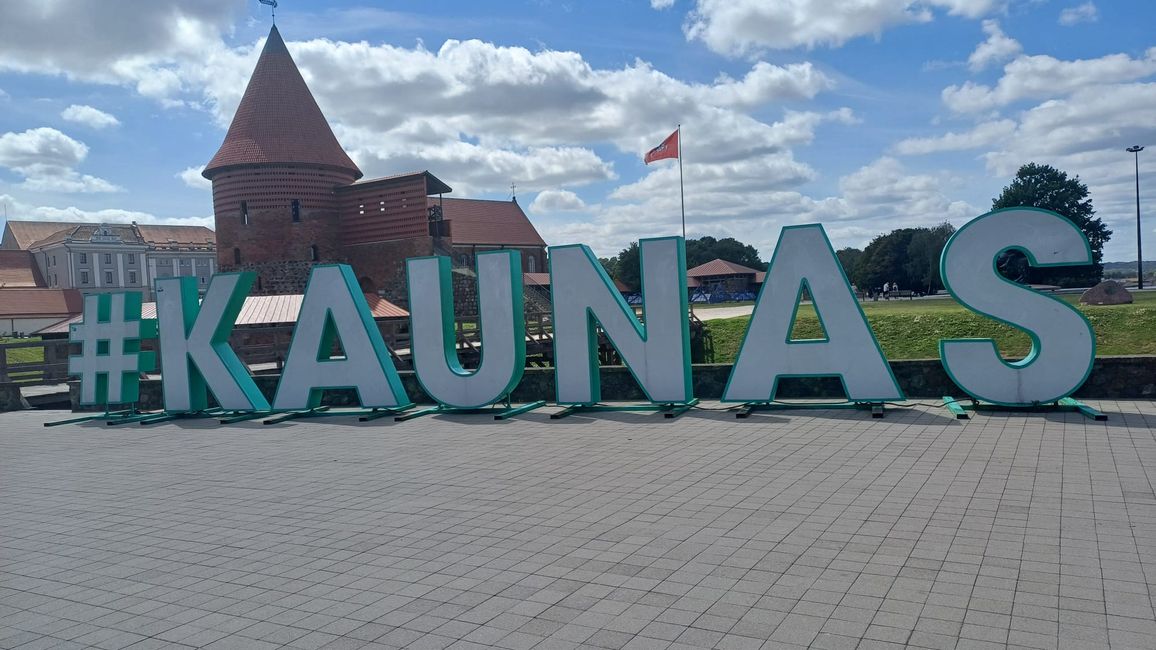
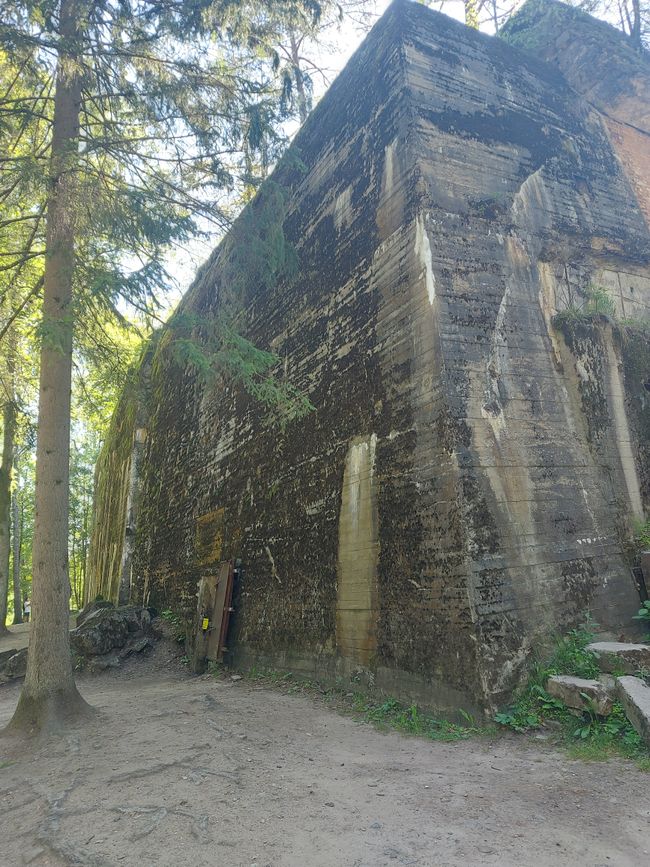
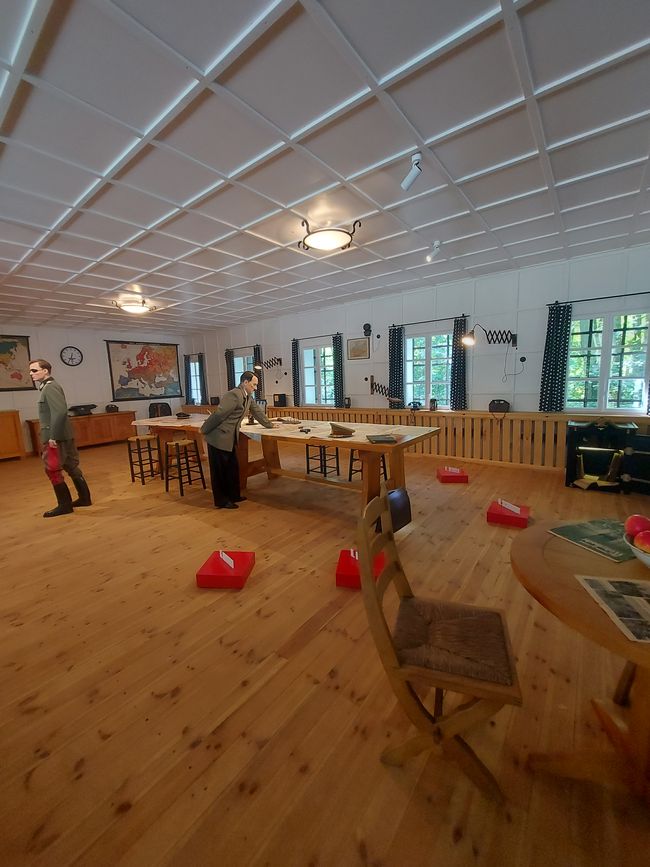
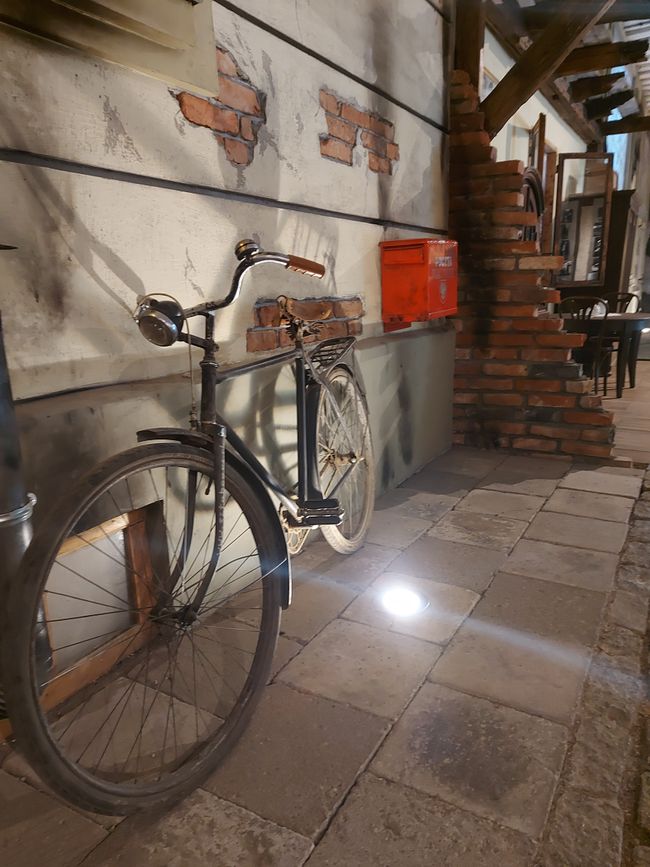
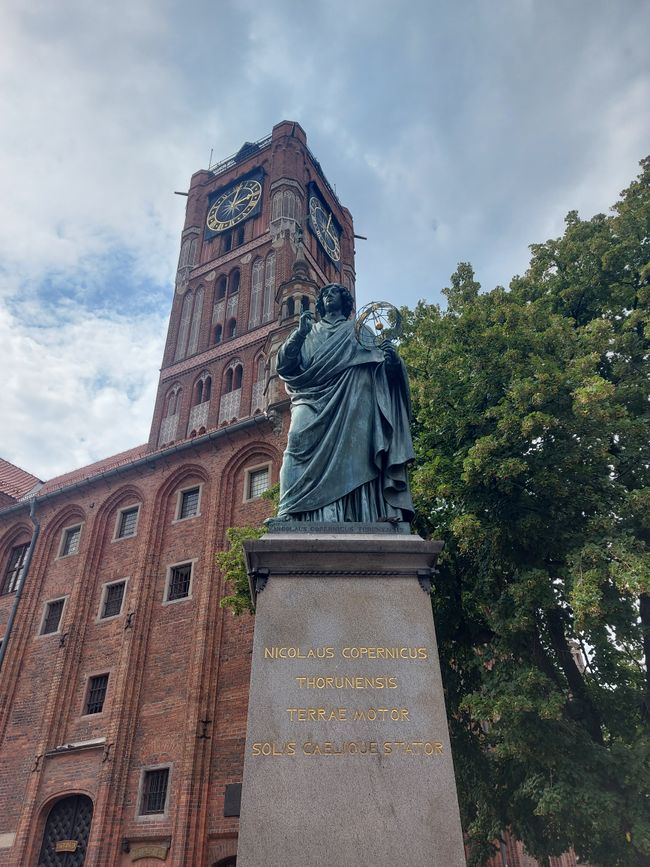
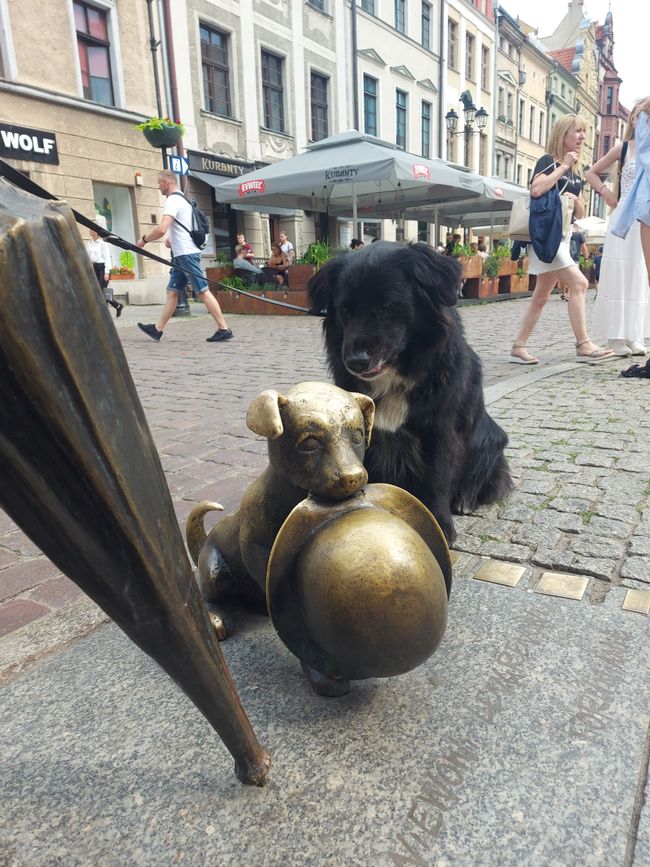
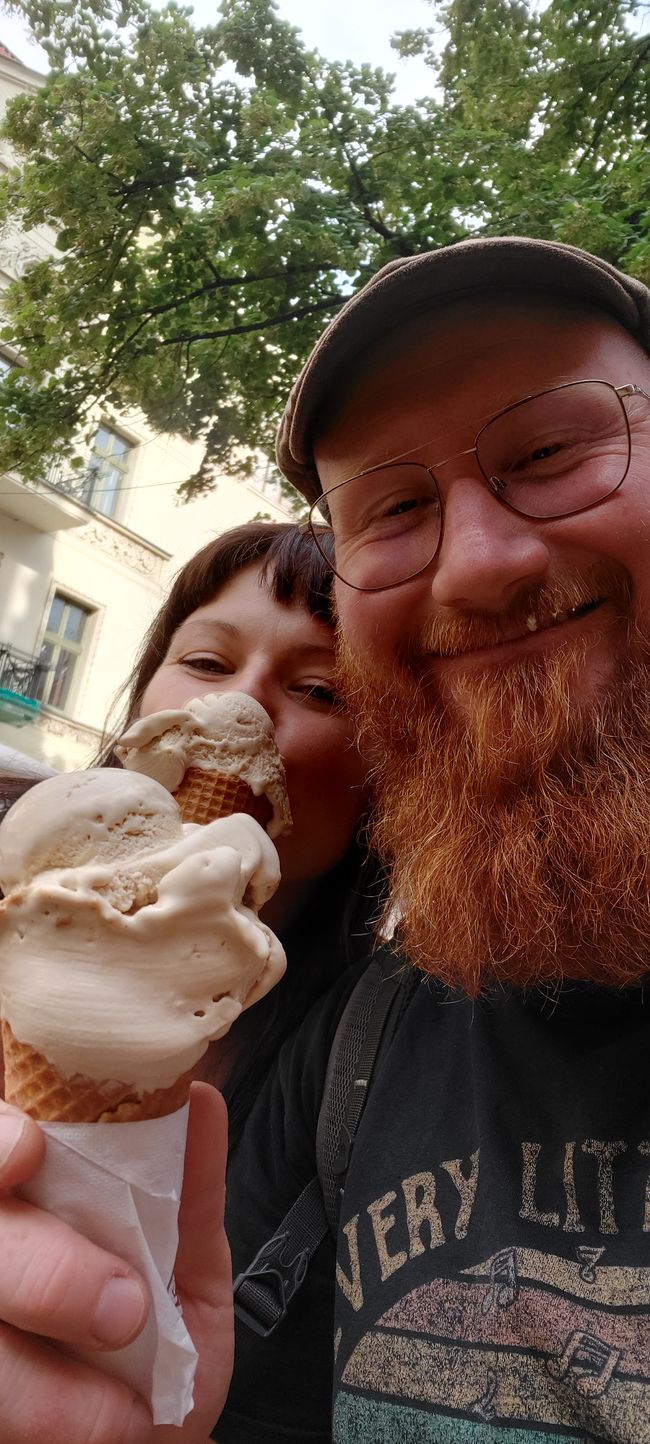
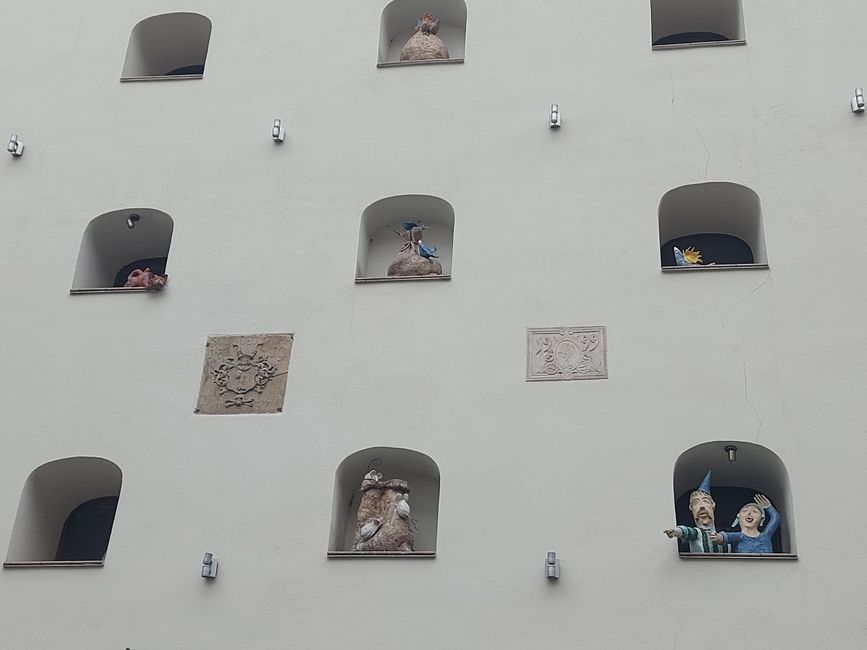
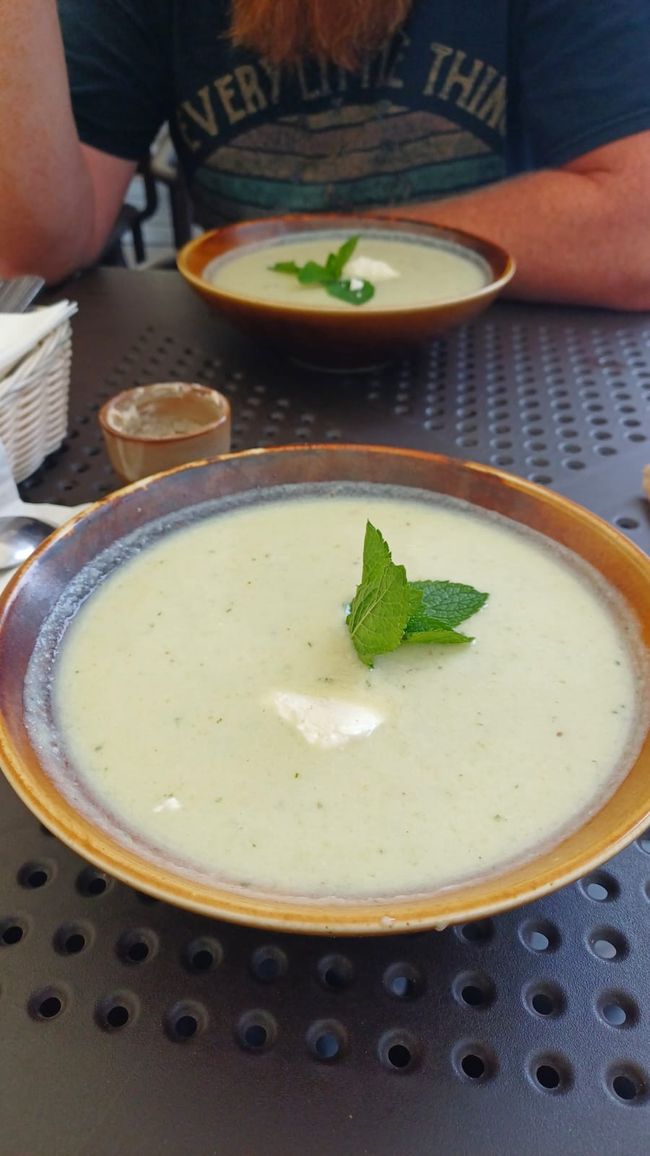
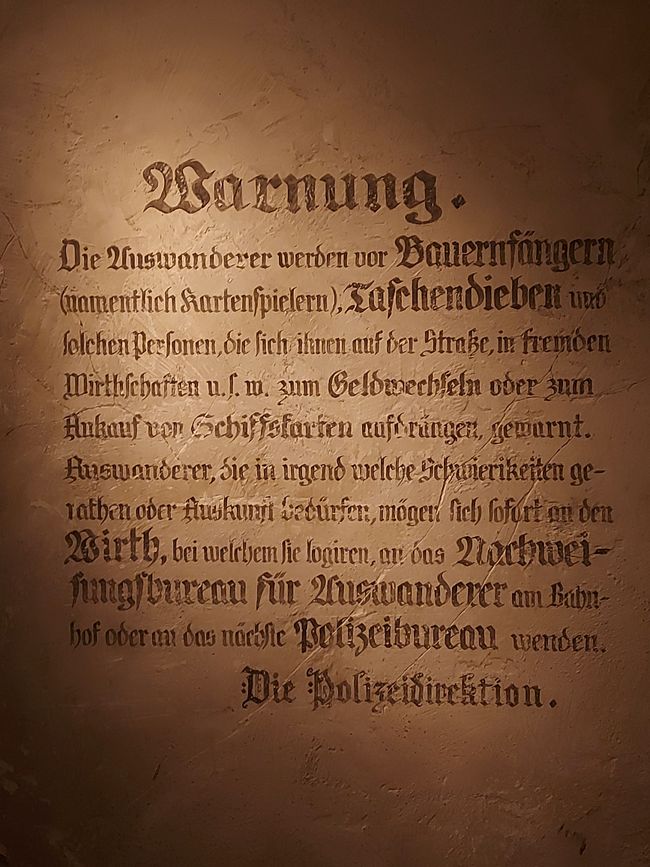
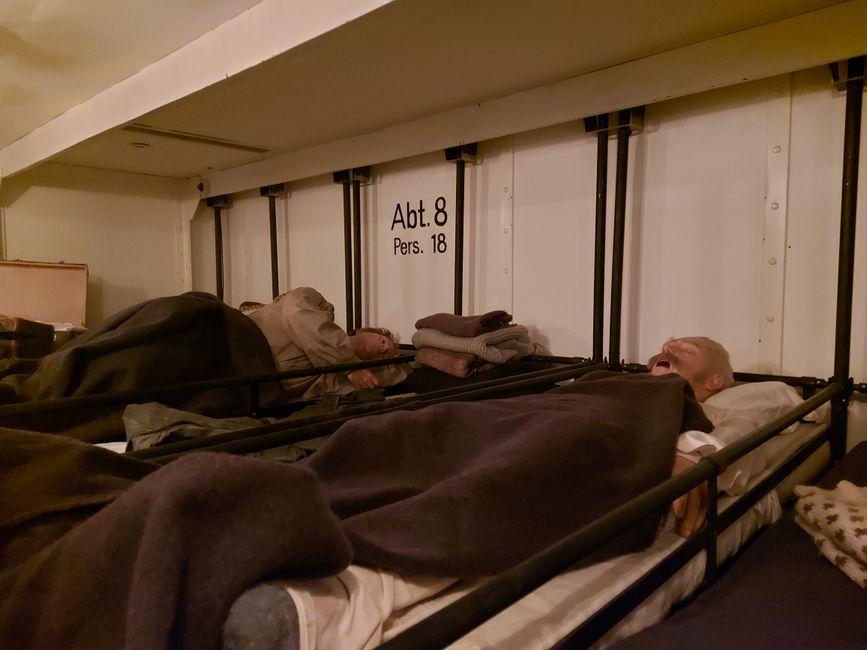

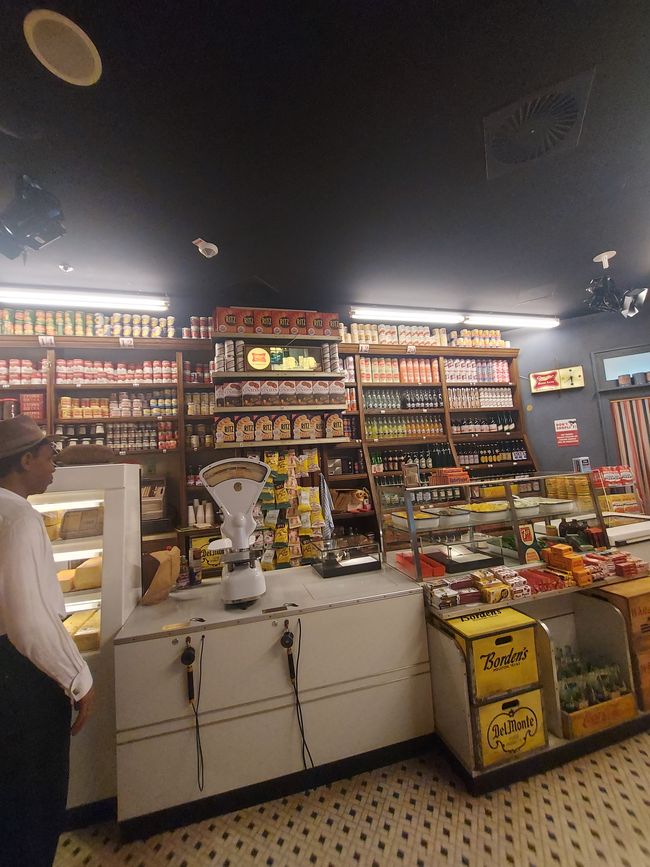
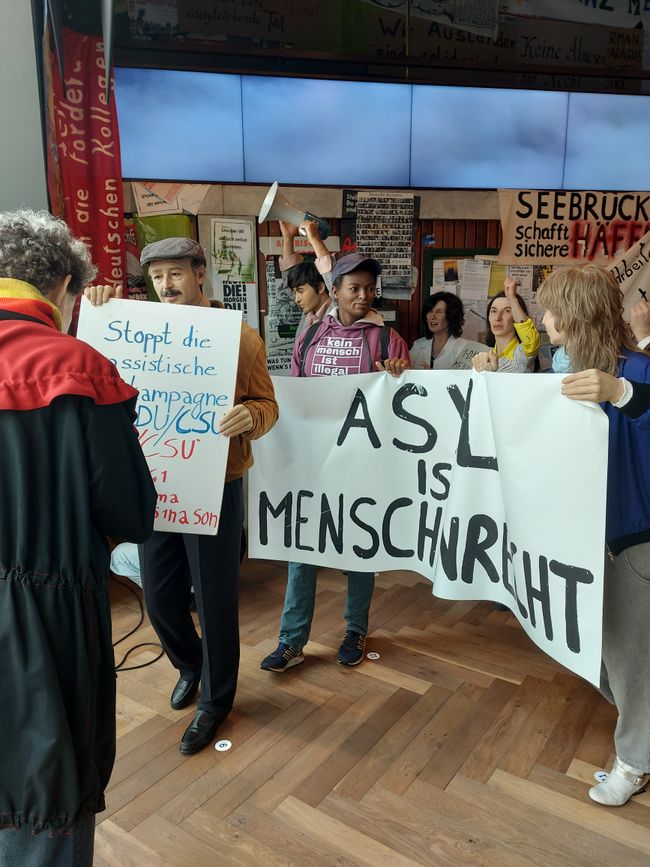
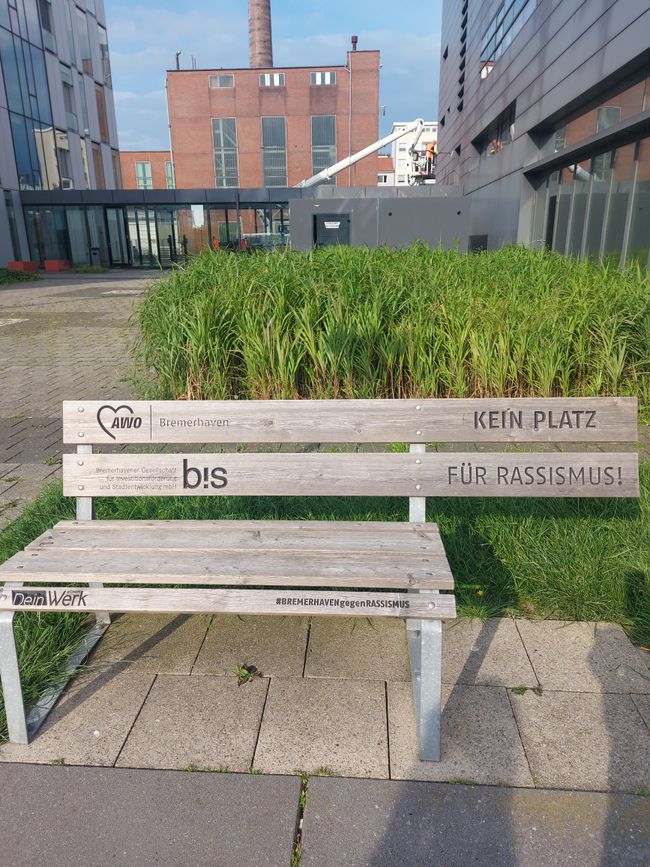
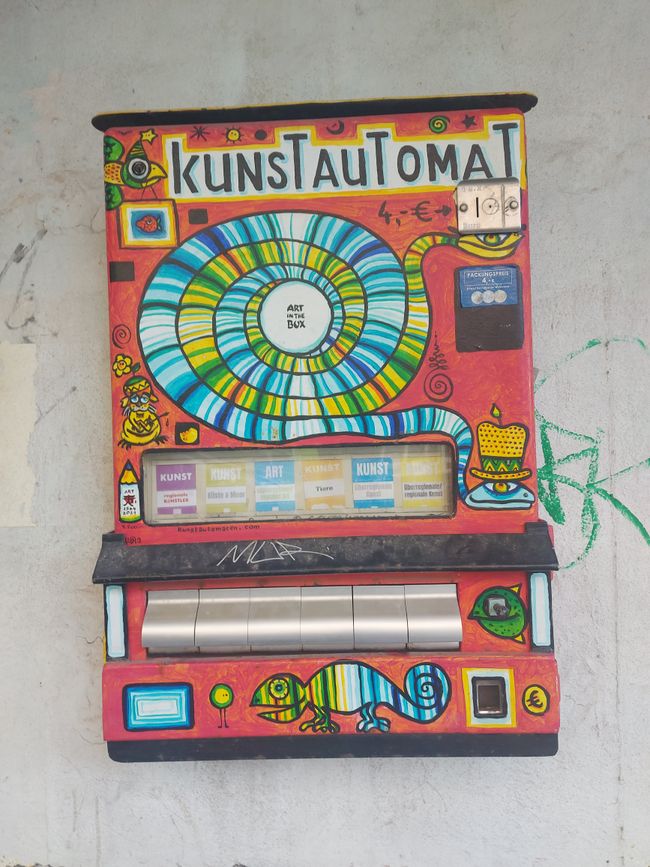
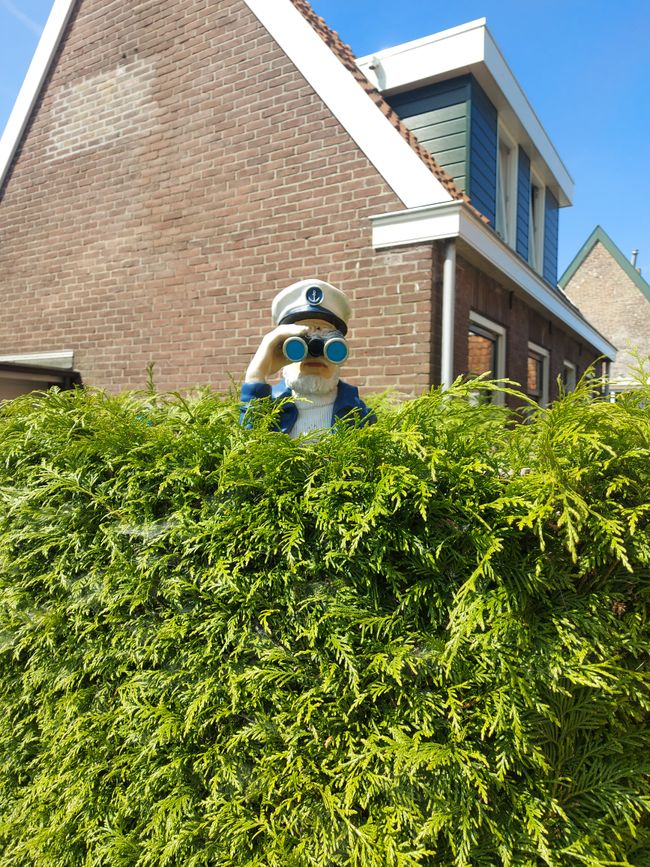
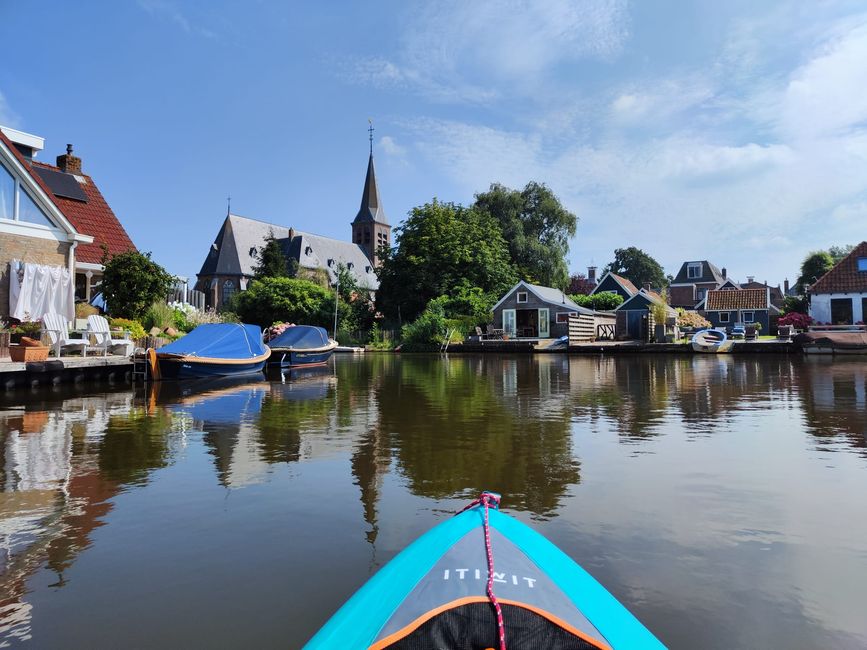
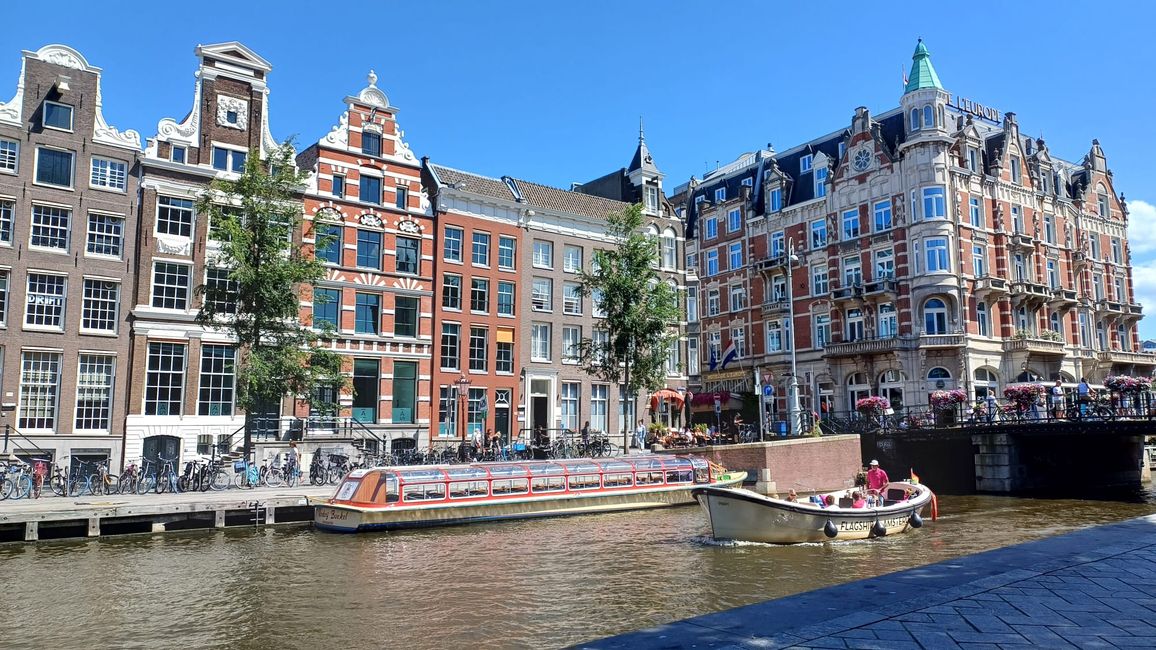
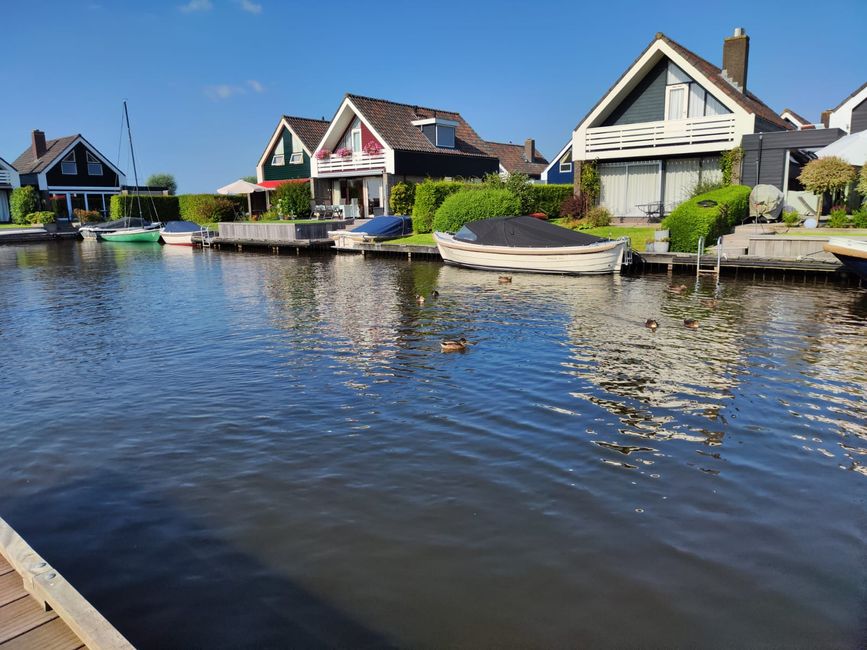
Გამოიწერეთ Newsletter
We have traveled approximately 41,000 kilometers through Europe, and before heading back out into the wide world, we are exploring a small part of our beautiful homeland. Therefore, our first stage covers only 172 kilometers, taking us from Upper Austria to Horn in Lower Austria. There, the Geocache Megaevent Horn takes place, a weekend entirely to Christian's liking. Many caches, great new acquaintances, and good beer. We will also stay in the Waldviertel until the next weekend before returning to Upper Austria for a particularly beautiful event. With friends, we head to a rustic hut in Vorderstoder. We haven't seen many of them in over a year, and so the days fly by with walks, barbecues, little sleep, and lots of friendship. Happily, we get back into our camper on Monday afternoon and stop after 128 kilometers in Lunz am See. A particularly beautiful spot in Austria. Over the next few days, we circle Lake Lunzersee and explore it by kayak. We are very happy to be here in our beautiful country; after a stop at Christine's family, a fun game night, and first-class catering, we are finally leaving Austria.
We drive through the Czech Republic, everything feels like summer as we head towards Prague. In the Czech Republic, we sleep at rustic little campsites in the woods, next to lakes and rivers full of kayakers. We jot down a multi-day kayaking tour for our Wanna-Do list. We visit Velka America, an old quarry where forced laborers had to extract stones during the Soviet era. Here we touch upon history and continue to the capital of the Czech Republic. In Prague, it is hot; here, too, we find a small parking spot on the peninsula. We take a pedestrian ferry across the Vltava to the Old Town, where Christian later, in the shade of the trees, enjoys a beer and an aperitif while watching the EM match of the Austrian team, and Christine and Lilli, the water rats alias nutria, observe. This is also when the decision is made to watch the next EM game up close – next stop Leipzig. The route takes us through the Lausitz lakes landscape to Bautzen. We had already been to the Bautzen dam during our time off, but we definitely want to visit the Bautzen memorial, the former Stasi prison. But first, there's still a weekend by the lake, during which Lilli, at 4.5 years old, suddenly decides she'd like to swim, happily turns in the lake, and retrieves sticks from the water as if she had never done anything else. To be honest, we are baffled. After that, we head to the memorial. We will talk about this very informative afternoon in Bautzen for a long time. In the evening, we drive a bit further through Saxony, as we indulge in a football match. Well, what should we write in retrospect? Leipzig is a cozy city; Christian may have shed a tear, and off we go, now heading to Poland.
Our first destination is Krakow, once again the site of a Geocache Megaevent. On our first evening in Krakow, we fall in love with Polish cuisine. In a small local place, we order 60 pieces of small, deliciously filled dumplings called pierogies; it sounds like a lot, and it is. The next day, we have pierogies (according to Christine, they are called pierogi) for breakfast and lunch, wonderful. Krakow itself is also a remarkable city apart from the event and its delicacies. The parks invite for strolling, and those who enjoy visiting museums will find themselves at home here.
With a stop in the village of Zalipie, known for its beautifully painted houses, we make our way to the Masurian Lake District. We check into Galindia, a small, rustic campsite in the woods and right by the lake. Throughout the area, there are carved wooden sculptures scattered about. The artist seems to have a penchant for large breasts and creepy scenarios. In the shade of the trees and with the kayak on the lake, the hot days are quite bearable. During the day, we continuously receive visits from a lion-like dog, whose name we don't find out, toads which we all name Udo, and in the evenings, we are visited by 1000 mosquitoes whose names we don't wish to know. We prefer the Udos and are even more delighted to see the herd of wild horses, along with foals, which we can observe while kayaking from the water.
Somewhere between wooden Vikings, itchy mosquito bites, and pierogies, we then decide to leave Poland for a few days and take a round through Lithuania and Latvia since we have time and the Baltics have long attracted us.
For our first stop, we choose Trakai Water Castle, a well-preserved medieval castle and the most visited attraction in the Baltics. Just this circumstance prompts us to come in the evening, park nearby, get up early, and visit the castle before the tourist crowds arrive. Our plan turns out to be good, although the visit ends up being a free stroll around due to the entrance fee. Nevertheless, our conclusion is that it’s a beautiful place; the visit to Trakai is worth it, especially since it is a suburb of Vilnius, which we want to visit anyway. Based on Christine's newly acquired skill of creating Google Maps routes, we stroll through the capital of Lithuania, get to know our passion for cold beetroot soup, observe the line for a celebration at the President's Palace (while we are glad not to have to go there), and learn about history in the Jewish quarter of the city. Second stop in Lithuania, a second round of bright enthusiasm. But our journey continues. Through the Birzai National Park, with its karst holes and lakes, we head to the Latvian capital, Riga. Like Vilnius, the old Hanseatic city impresses us. The old brick buildings, parks, and, of course, a visit to a Russian restaurant, complete with house-made vodka, make Riga particularly special for us. Even though we are only here for one day, the trip has been worth it. However, we won't head further north; instead, our round moves westward to Cape Kolka, where the open Baltic Sea and the Gulf of Riga meet. A wonderful area where we hike along the beach and through pine forests and, of course, spend the night there under a starry sky, beautiful.
The way back turns out to be a bit difficult. Latvia isn’t very big in the west, so one quickly ends up back in Lithuania. One drives on federal roads, kilometers of asphalt until, yes, until those responsible thought it would be nice to build a 30 km stretch of gravel road. We are close to despair multiple times. In the end, however, the road becomes passable again, and we land in the Zemaitija National Park, where, off the beaten path of wild and protected nature, there lies another highlight. During the Cold War, the Soviets built their first missile launch base here. Today, it is a museum and informs about the Cold War. Christian must naturally see something like this and is not disappointed. Lilli and Christine prefer the peaceful nature. The wonderfully prepared museum leaves you with the thought of how foolish humanity can be and how important peace is. War and peace; this topic also preoccupies us at the next station of our journey. After a brief detour to Kaunas, Lithuania's second-largest city, we turn back to Poland, back to Masuria.
Unplanned, we arrive exactly on the evening of July 23, the day of the Stauffenberg assassination at the Wolf's Lair. It’s a bit creepy to sleep at such a place. The next morning, we set off early; we get an audio guide and walk through the remnants of the old bunker facilities, see everyday items found in the bunkers, and learn a lot about the history, the structure, and the everyday life in the bunkers, as well as the Warsaw Uprising. War and peace, may the first be spared from us.
For our next tour stop, we choose the city of Torun. Honestly, this place didn’t mean anything to us until we got the tip from a Polish geocacher in Krakow to go there. After all, it is the birthplace of Nicolaus Copernicus, and Torun is the capital of gingerbread. Gingerbread? You don't have to ask us twice. We stroll through the medieval old town, past the astronomer's birthplace, stroke various golden figures like in all Hanseatic cities for luck, treat ourselves to a huge portion of pierogies, try cold gooseberry soup, and then enjoy the most delicious gingerbread ice cream at the town square. Thanks, Mrs. M., for recommending Torun to us.
Slowly but surely, we leave Poland and head to Germany. We pass Berlin and Magdeburg leisurely and head to Bremerhaven, again out of historical interest. During our thermals visit in Slovenia, a very nice camping couple warmly recommended the Emigration House in Bremerhaven. Since dogs are not that interested in history, and thus museum visits are taboo, we alternate with this. We are already skilled at this; Christian spends the morning at the Emigration House while Christine and Lilli go for a walk, enjoying a book, sipping rhubarb spritzer in a small café, and in the afternoon, as it was so interesting until shortly before closing time, it’s Christine's turn while Christian and Lilli go… right… geocaching. Thanks to those two from Styria whose names we no longer remember; the tip was excellent.
And now it's time for vacation! We go over to the Netherlands to Heerenveen, pick up our friends from the train station, and take a week off in Friesland. We stay in a small house right by the water, delicious vegan cooking resumes, we play for hours, go on long wonderful kayaking tours on the Heegermeer and Slotermeer, hike through the Wadden Sea, eat ice cream, visit the town of Sneek, soak up the sun, and simply spend a lovely time with dear people. Thank you for the wonderful time!
So, now we move on; the last section of our long journey through Europe lies ahead of us. Where we go, what we do there, and whether we find a treasure will be revealed in the last entry of our travel report.
Გამოიწერეთ Newsletter
Უპასუხე
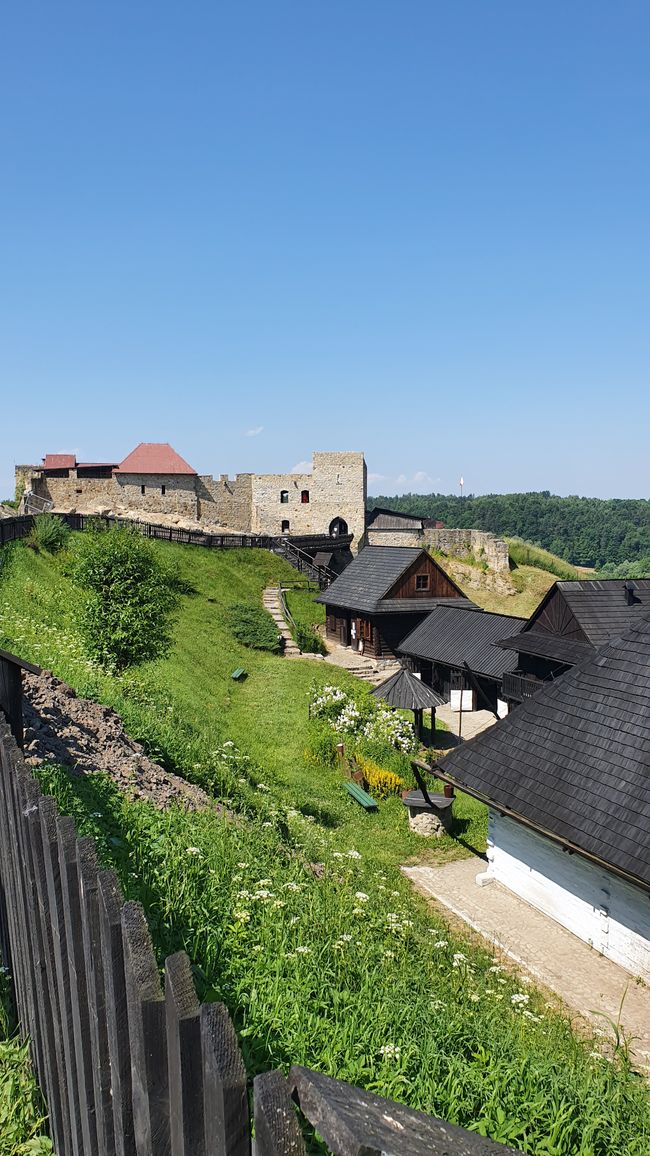
Მოგზაურობის ანგარიშები Პოლონეთი

